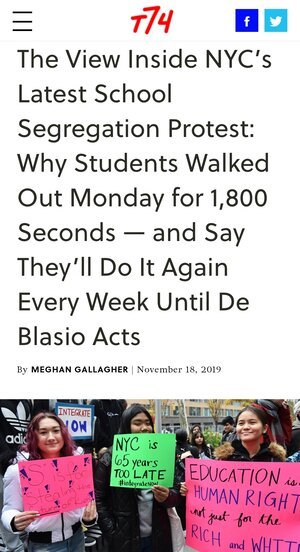Education Unscreened
Fall 2019 — Present
CAMPAIGN UPDATE
November 16, 2020 — This morning we filed a complaint with the U.S. Department of Education’s Office for Civil Rights, charging that the New York City Department of Education’s system of admissions “screens” violates students’ rights under Title VI of the 1964 Civil Rights Act.
CAMPAIGN DEMANDS
Discriminatory admissions “screens” in high schools have a profound segregating effect on the system. Of the 30 most academically screened high schools, 27 are majority white and Asian (in a system that’s less than one-third white and Asian). None of those 30 schools approach the system average for economic need. Meanwhile, hundreds of unscreened schools are at least 85% Black or Hispanic and 85% low-income. To end this tale of two school systems, we must eliminate all discriminatory admissions screens, including state exam scores, GPA, attendance, punctuality, zip code, portfolios, in-person interviews, auditions, and specialty exams.
RESOURCE DEMANDS
While we shift toward a more equitable enrollment system, we must address the harms of segregation right now.
Guarantee all high school students quality, paid internship opportunities in the summer and during the school year. Hire a full-time work-based learning coordinator at every school whose duty will be to 1) match students with positions that align to their interests in school and 2) to support them in developing soft and hard skills that will set them up for success in those roles and beyond.
Guidance counselors in NYC schools are often overworked. Some have a caseload of 400 students or more and must juggle students’ emotional needs with helping seniors apply to and understand the intricacies of the college system. Every high school should have a full-time college-and-career counselor, and the ratio for counselors to students should be 1:80 or lower.
Create consortiums or nearby or co-located high schools and allow students to participate in sports, clubs, and advanced courses at any school in their radius if their school does not offer that class or activity. A school’s size should not limit a student’s ability to pursue their academic and extracurricular passions.
TARGETS
SCHOOL STRIKES
After waiting patiently for two years as Mayor de Blasio and school system leaders ducked, dodged, extended deadlines, and backtracked on the issue of school integration, we knew it was time to take matters into our hands.
We, the students, had had enough.
So, starting in November 2019, we decided to strike.
Again.
And again.
And again.
And again.
And again.
And again.
Until our demands were met. The pandemic interrupted our public actions, but we have not stopped fighting. We’ll keep standing up and speaking out until the adults stop acting like children.
STRIKE #1
Chelsea CTE x NYC iSchool
November 18, 2019
“In this building, we (both schools) are at the forefront of educational inequities. We see the disparities in the achievement gap, wealth gap, and opportunity gap. This is what the system has put in place.”
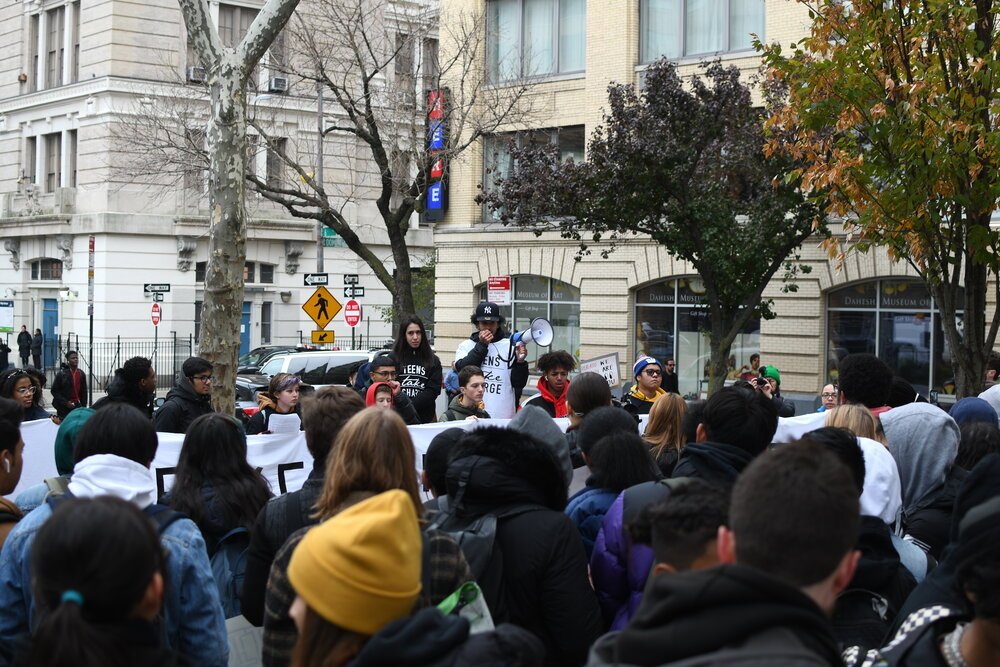
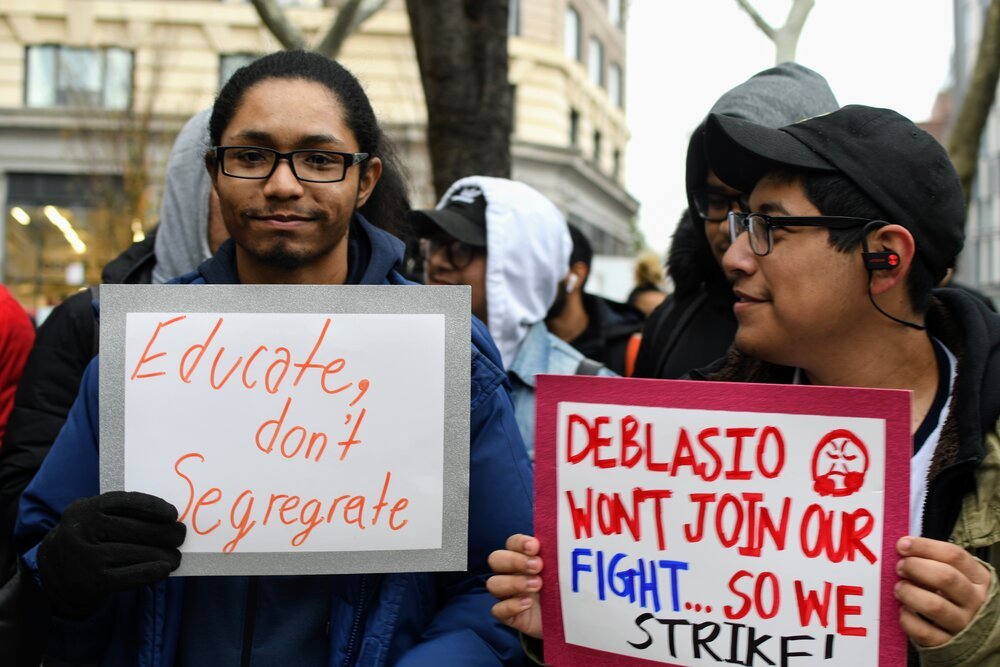
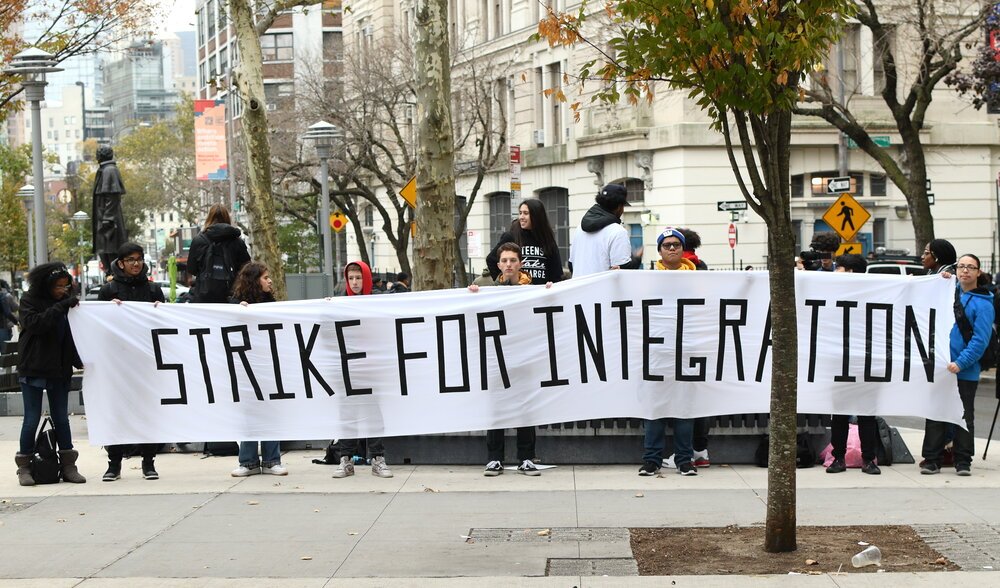
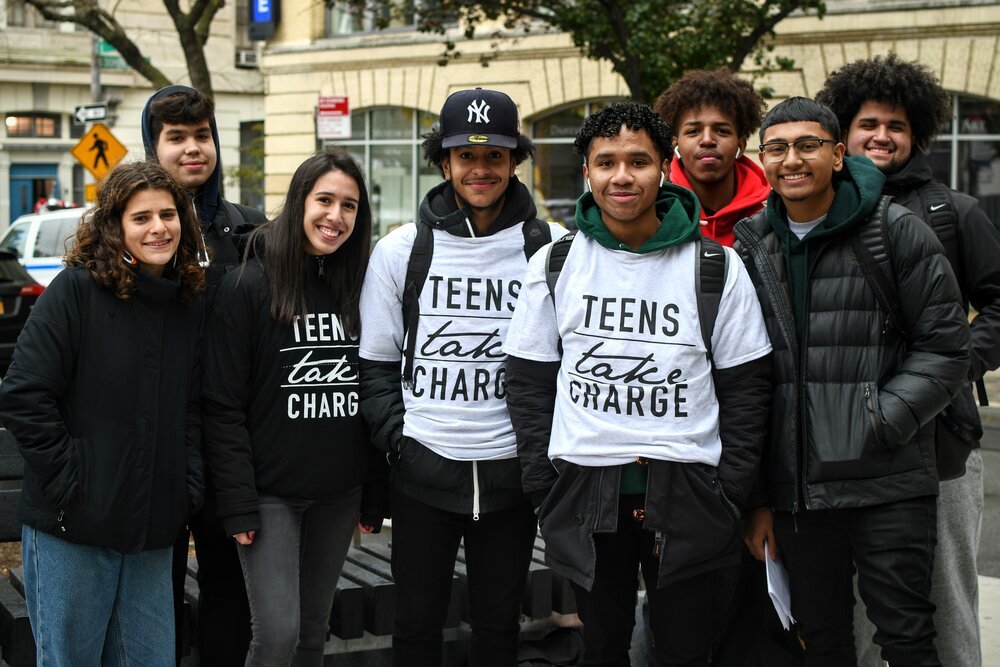
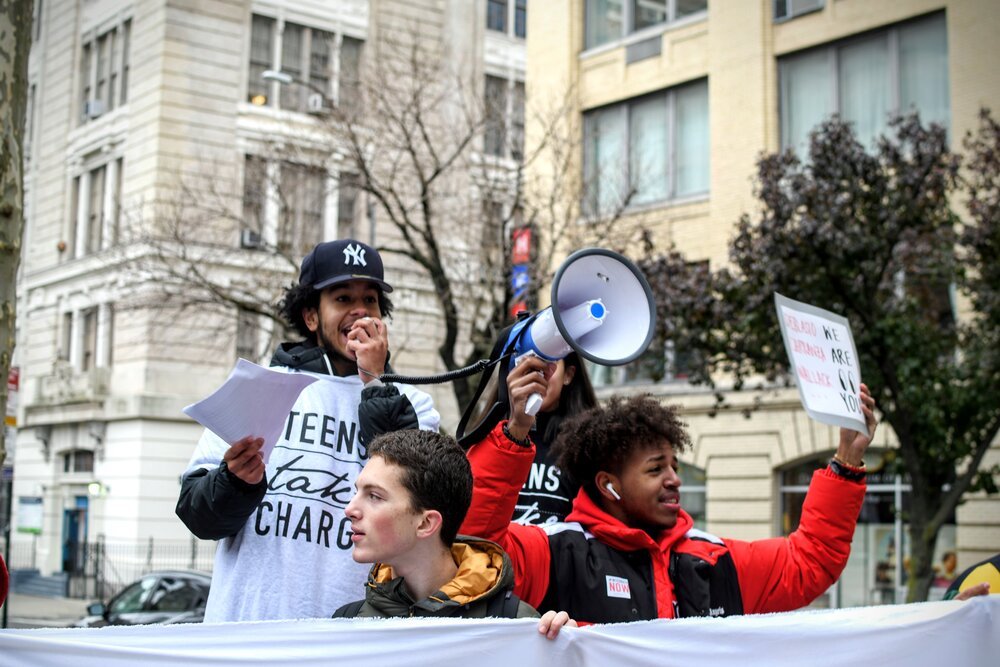

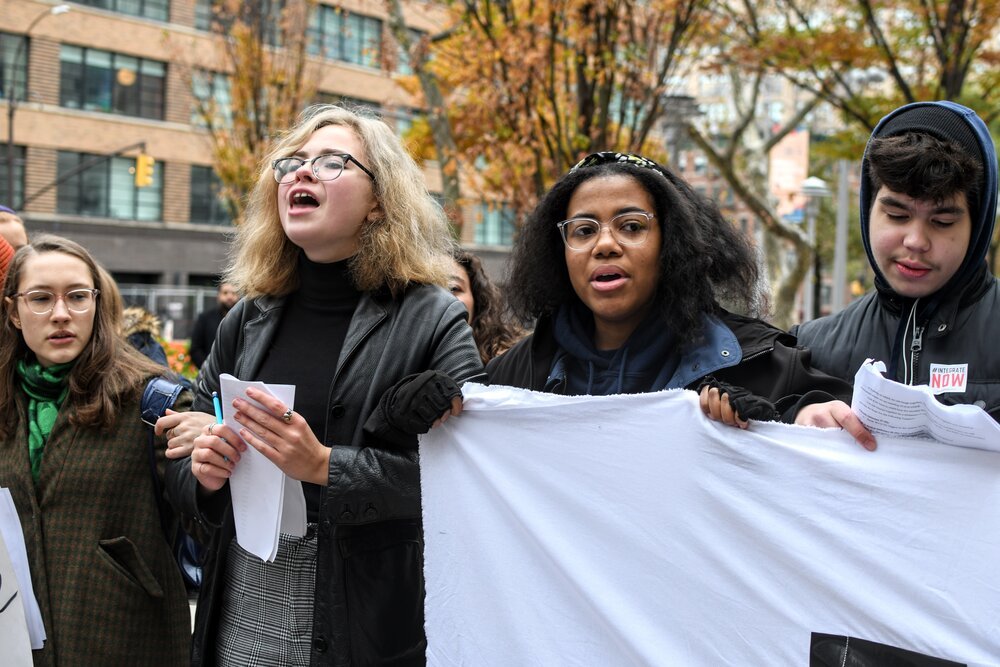
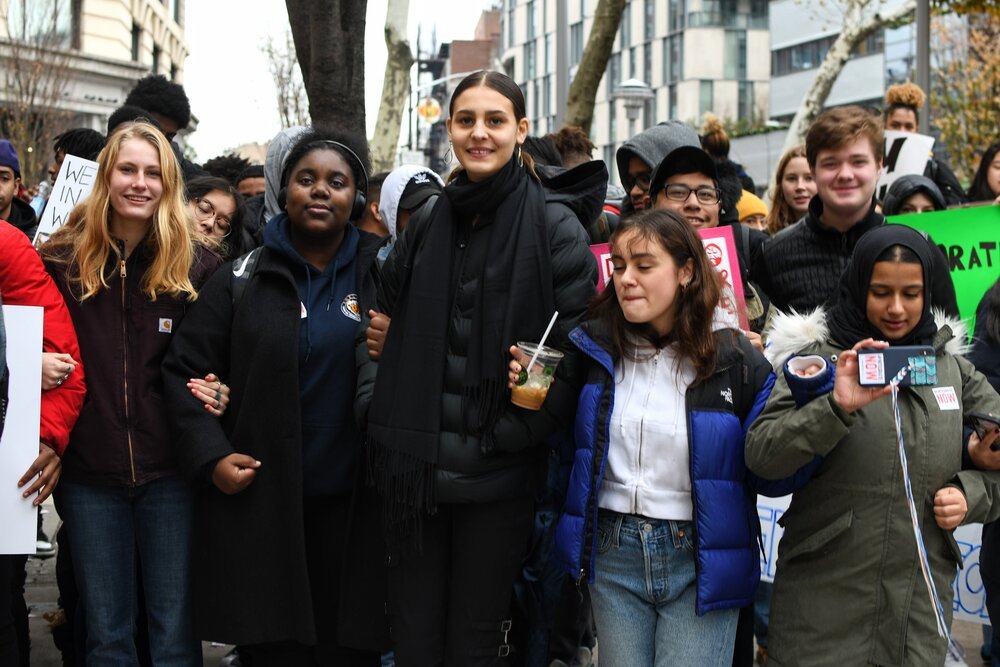
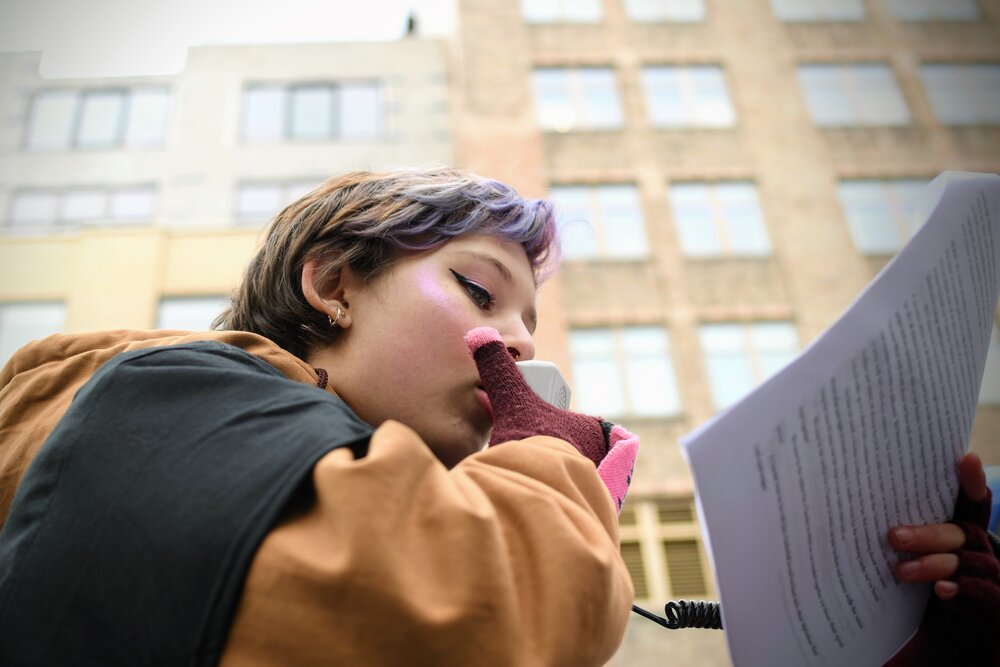
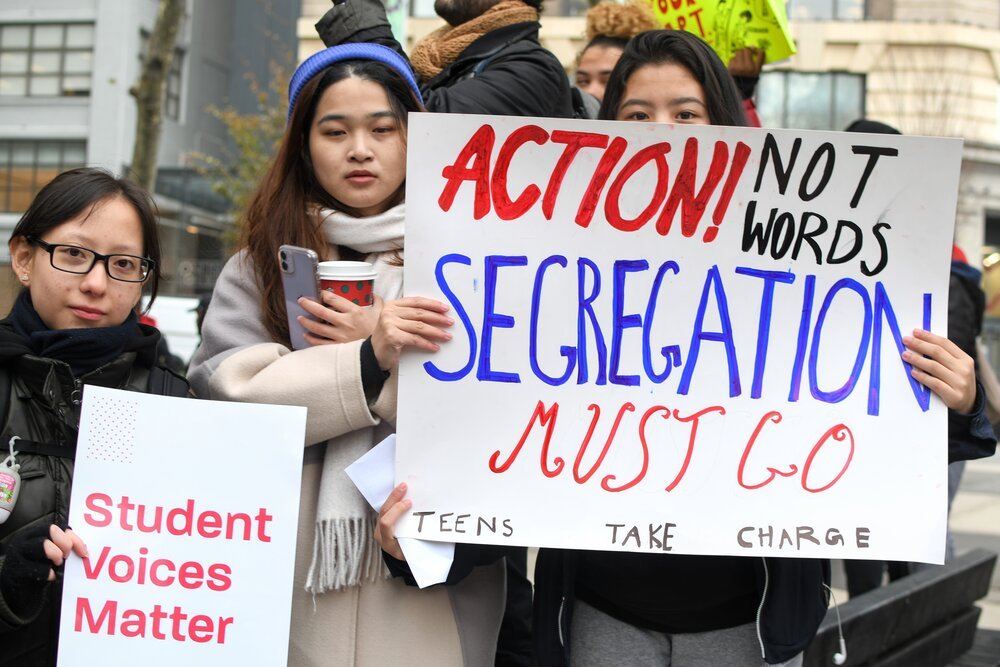
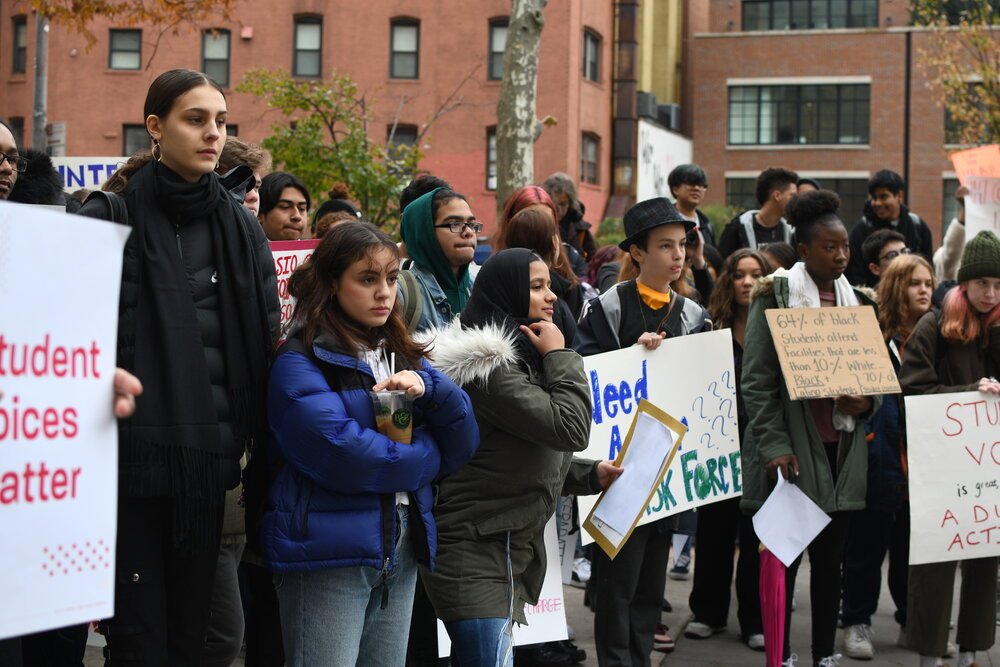
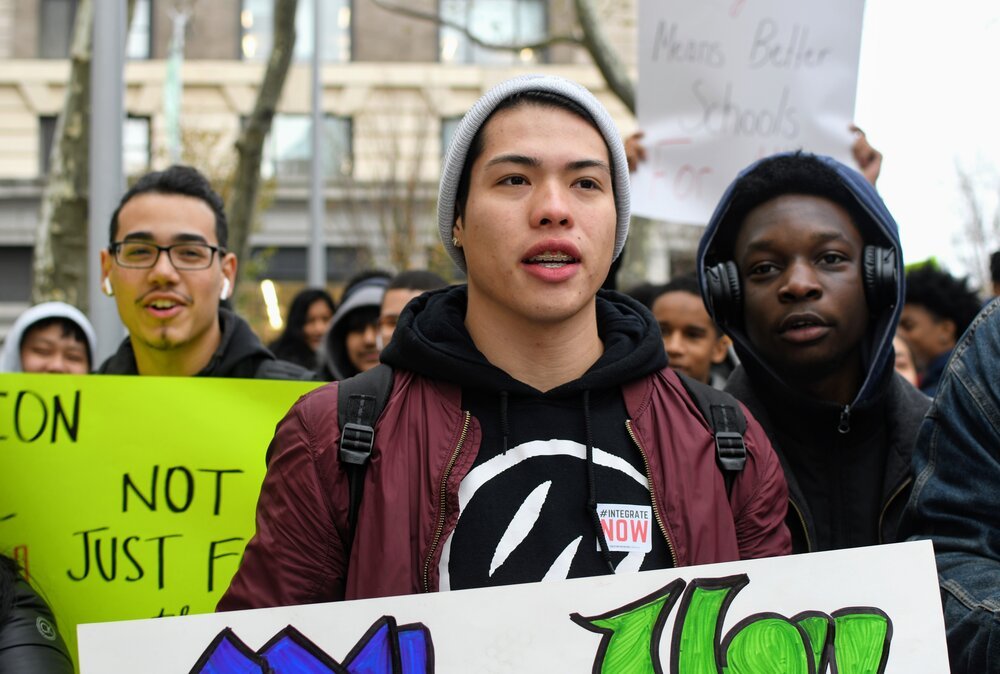
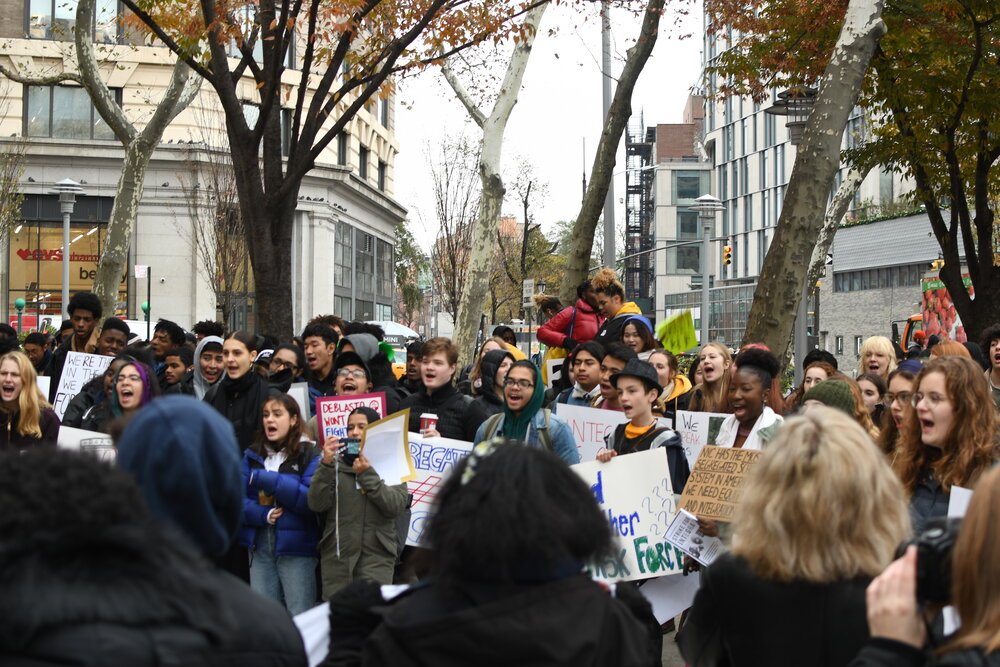
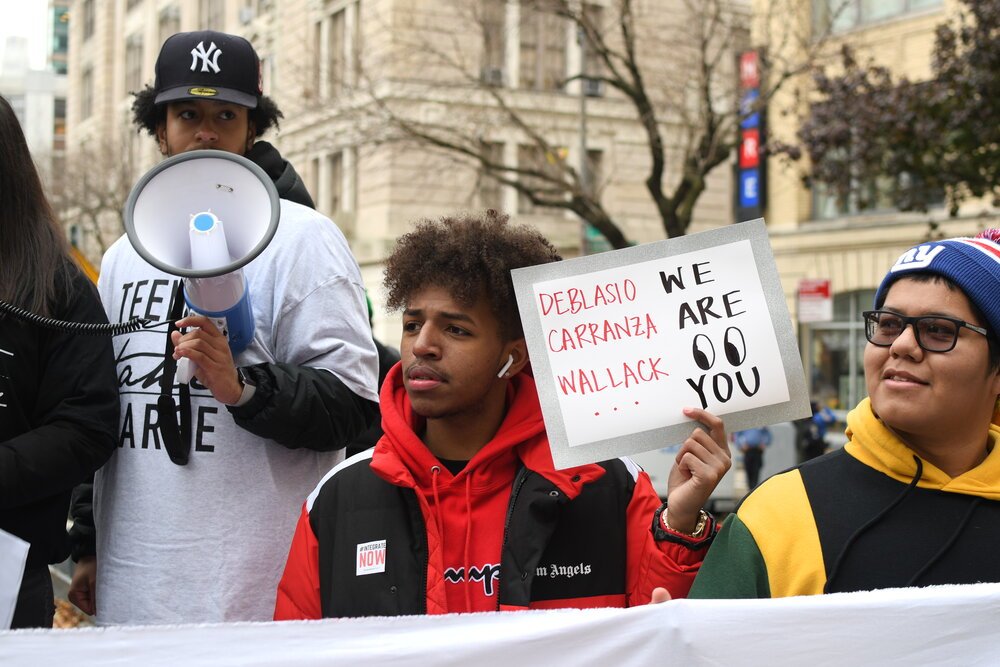

Photos by Dulce Michelle
MEDIA COVERAGE
STRIKE #2
John Jay Educational Campus
November 25, 2019
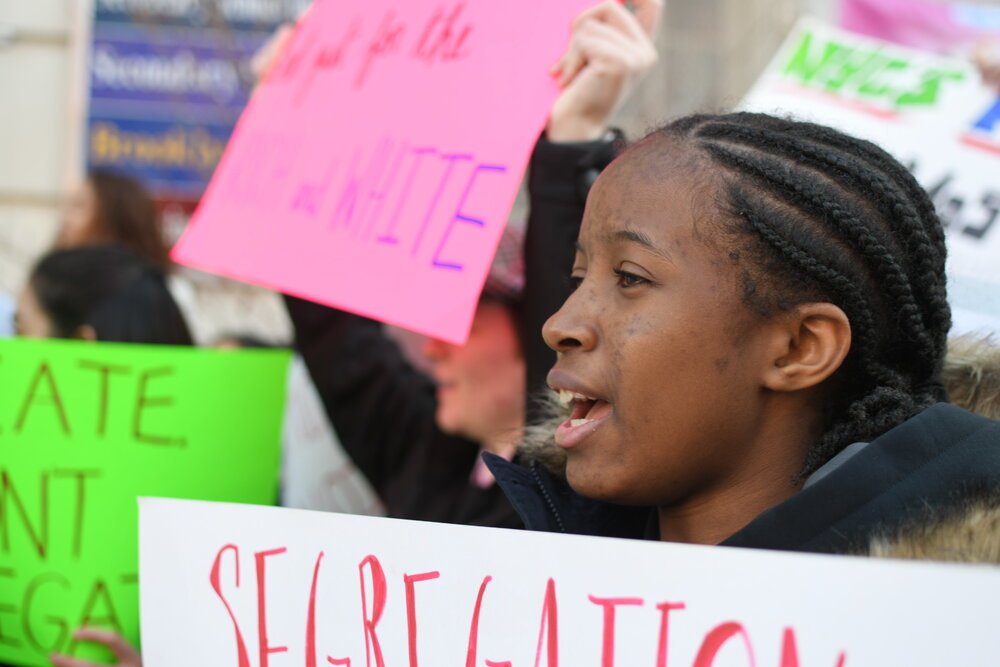
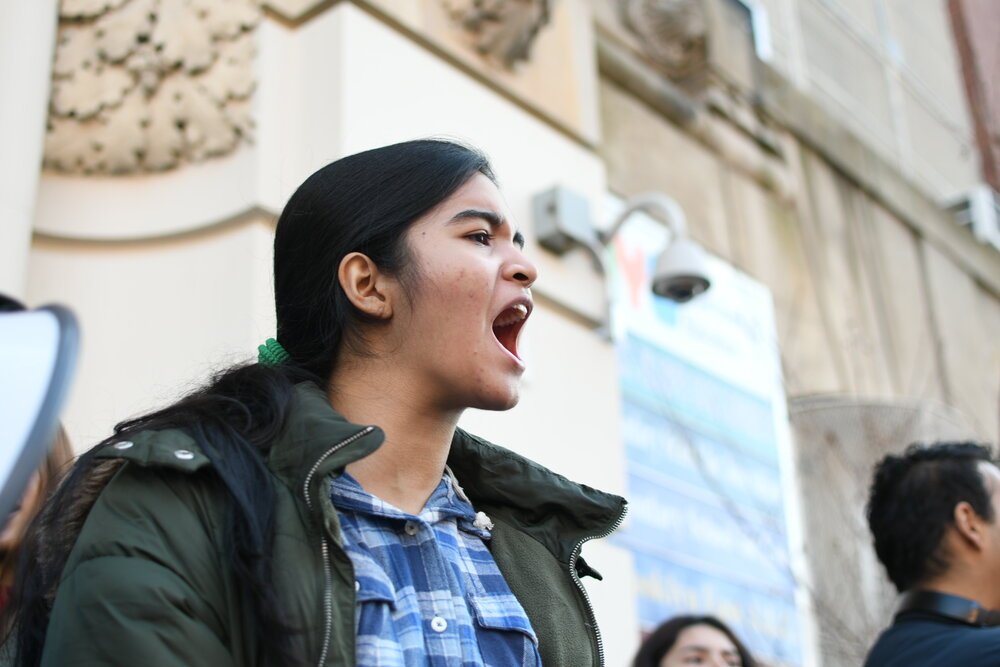

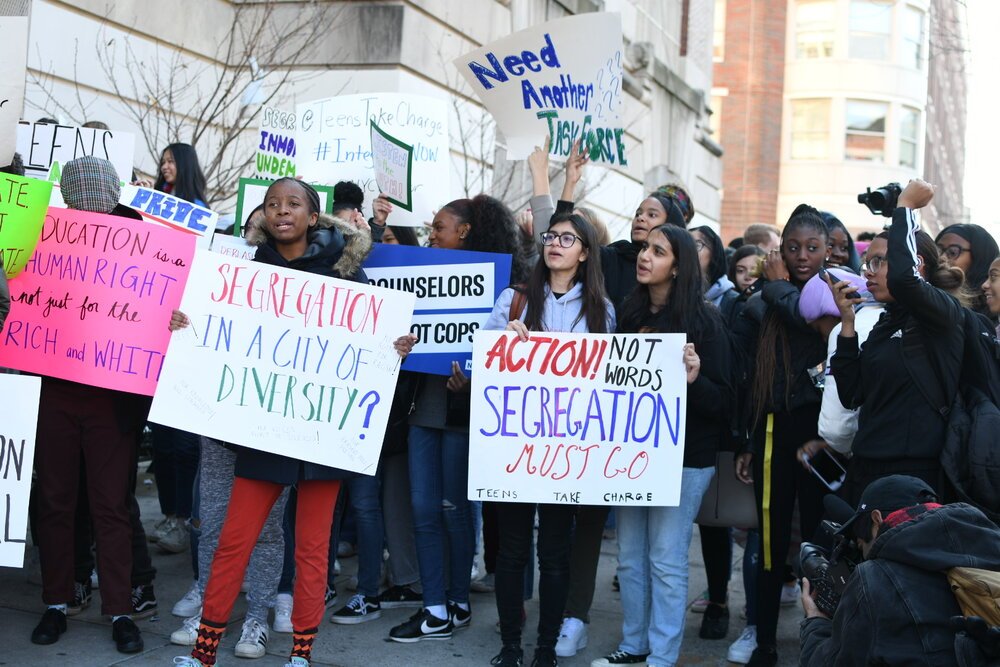
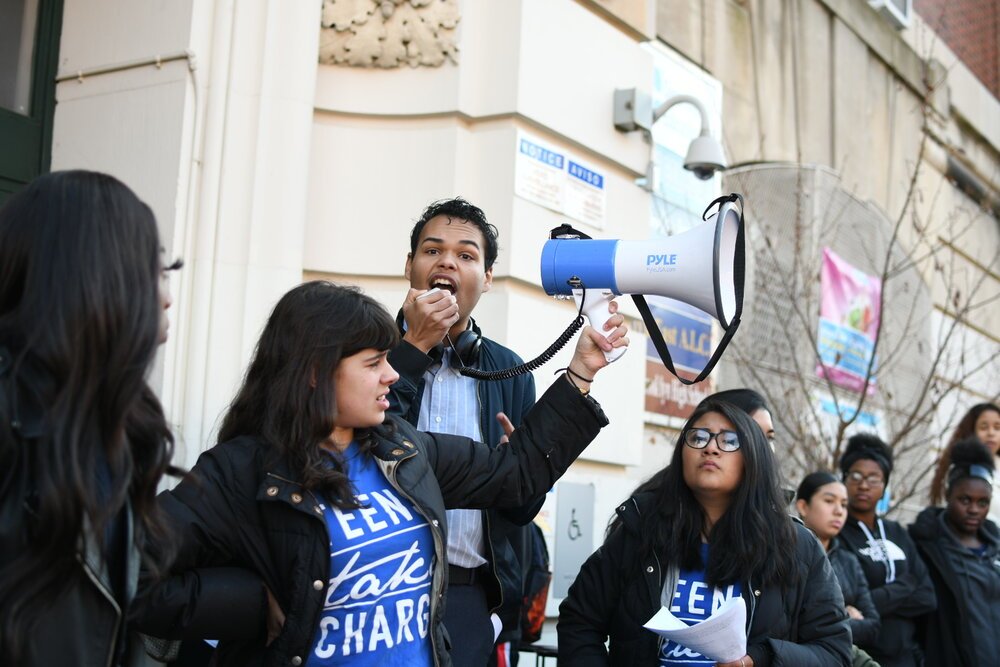
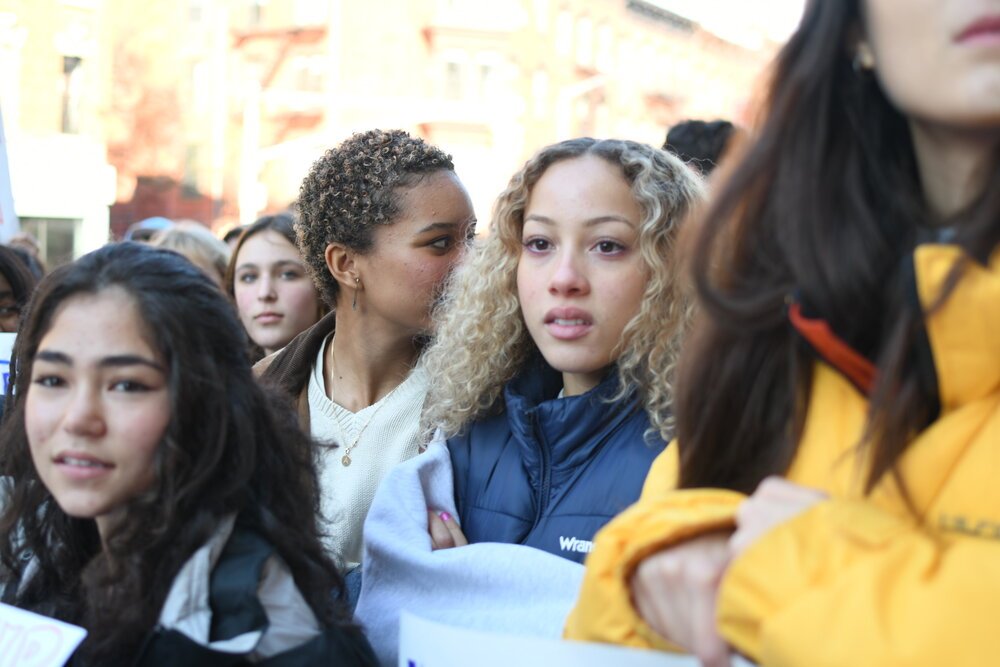
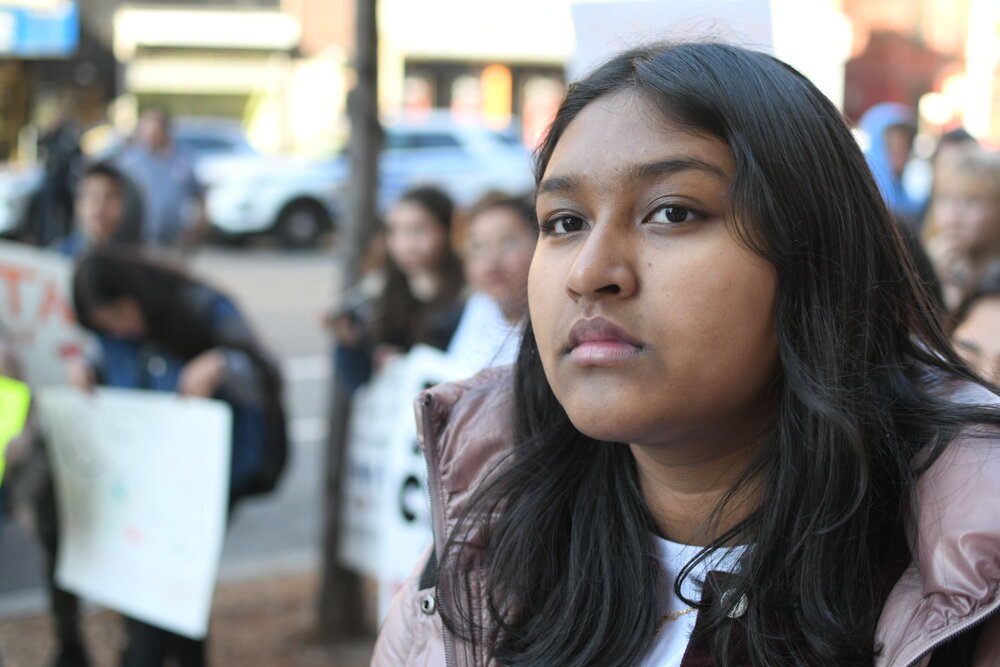

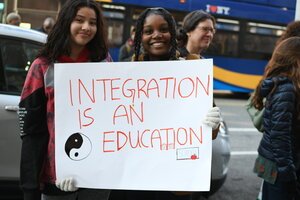
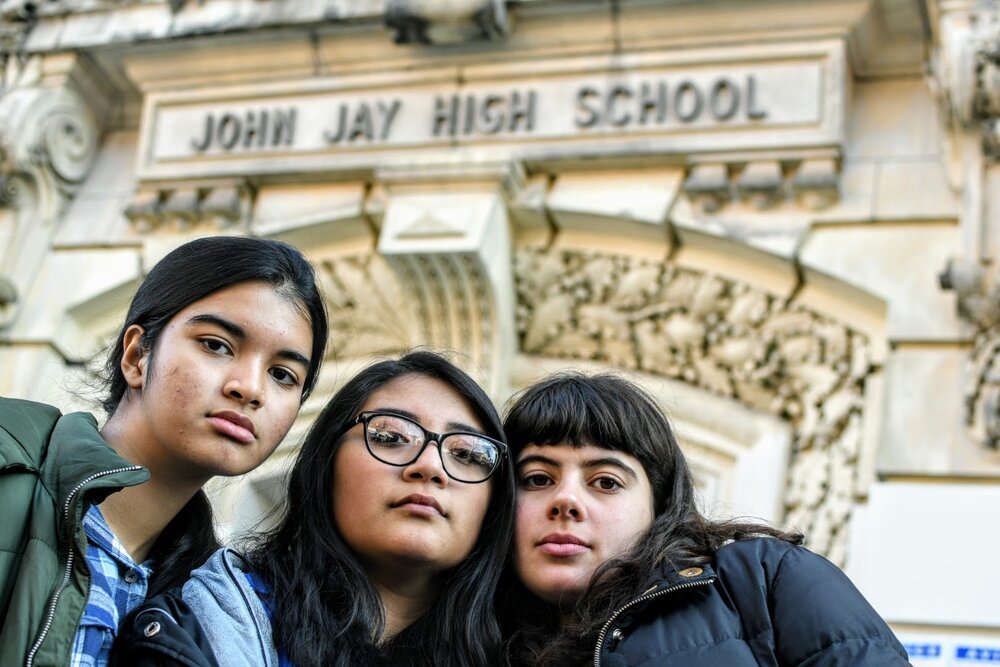
Photos by Dulce Michelle
STRIKE #3
Beacon High School
December 2, 2019
“People don’t want the system to change because it’ll stop benefiting them. I’ve heard countless times from parents saying they want the screening process left so schools like Beacon can ‘stay smart,’ with ‘smart’ being code for ‘white.’”
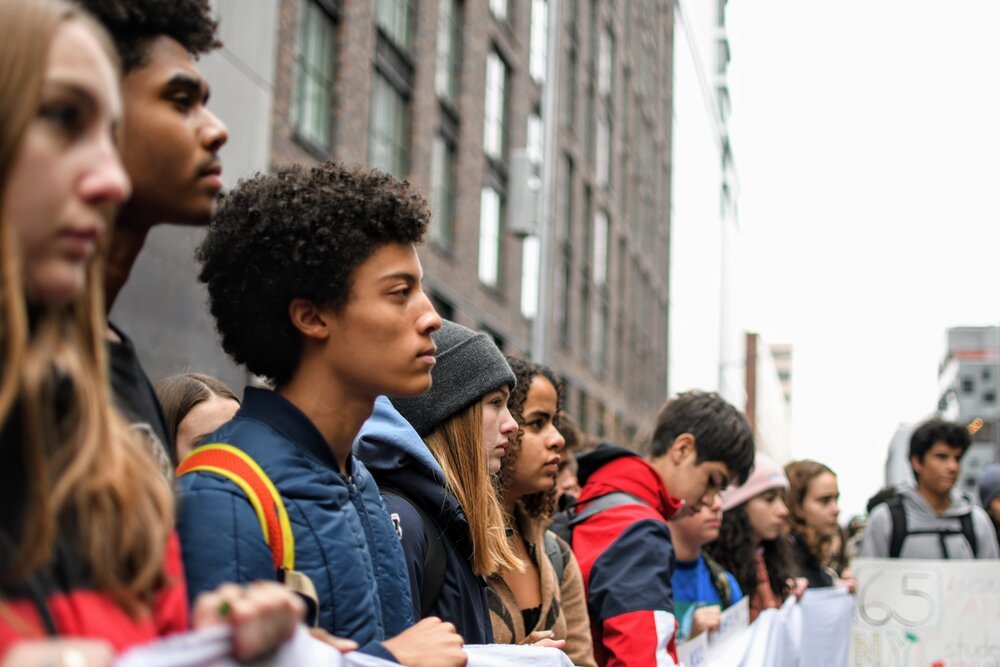
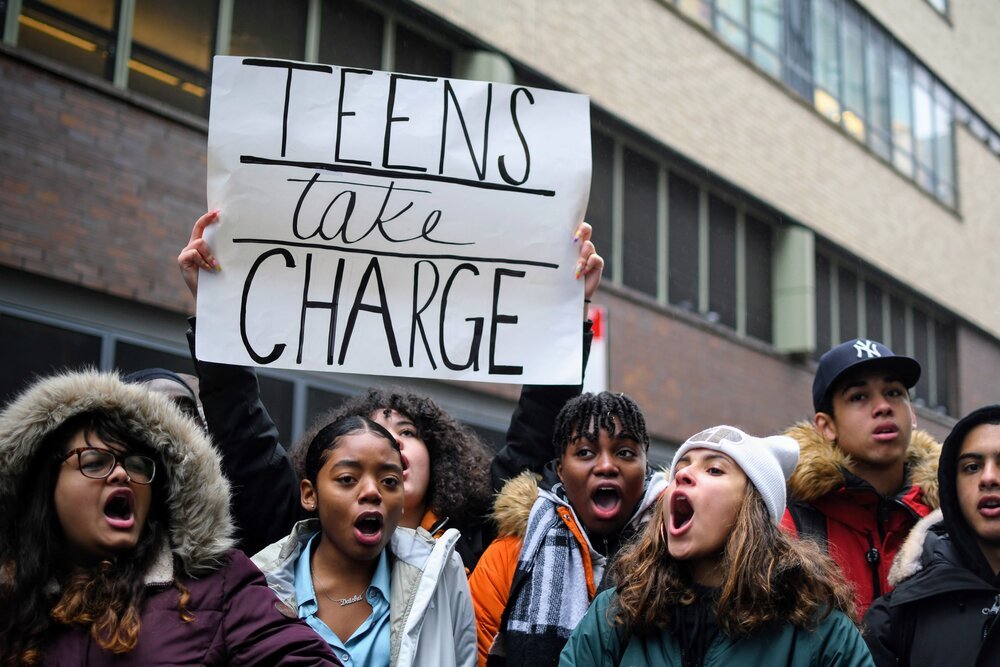
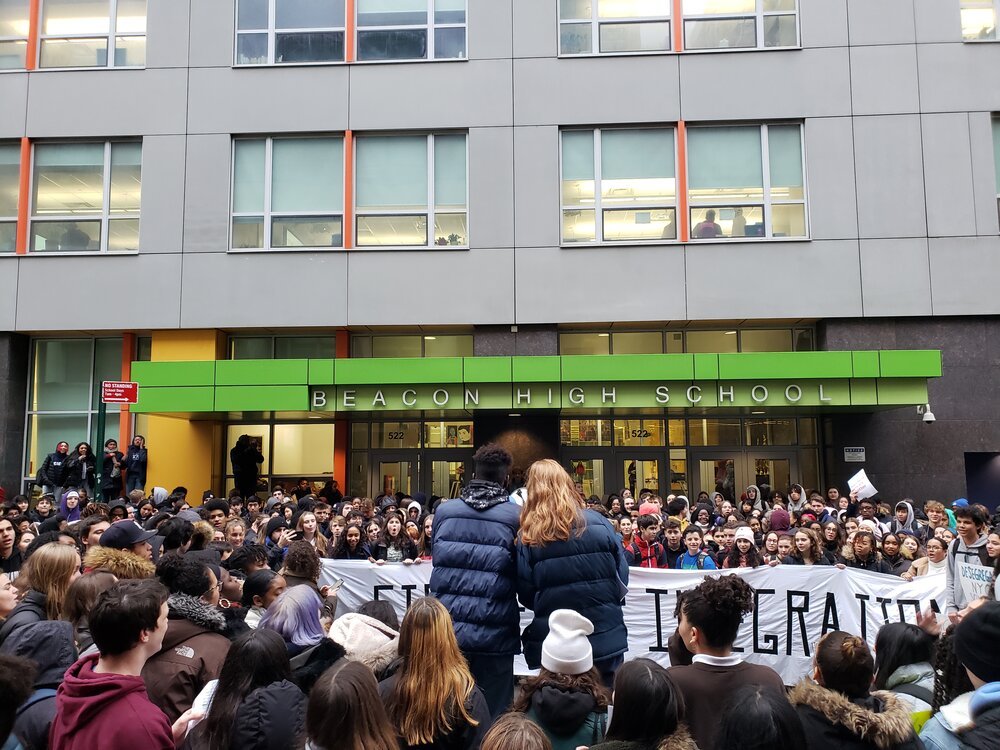
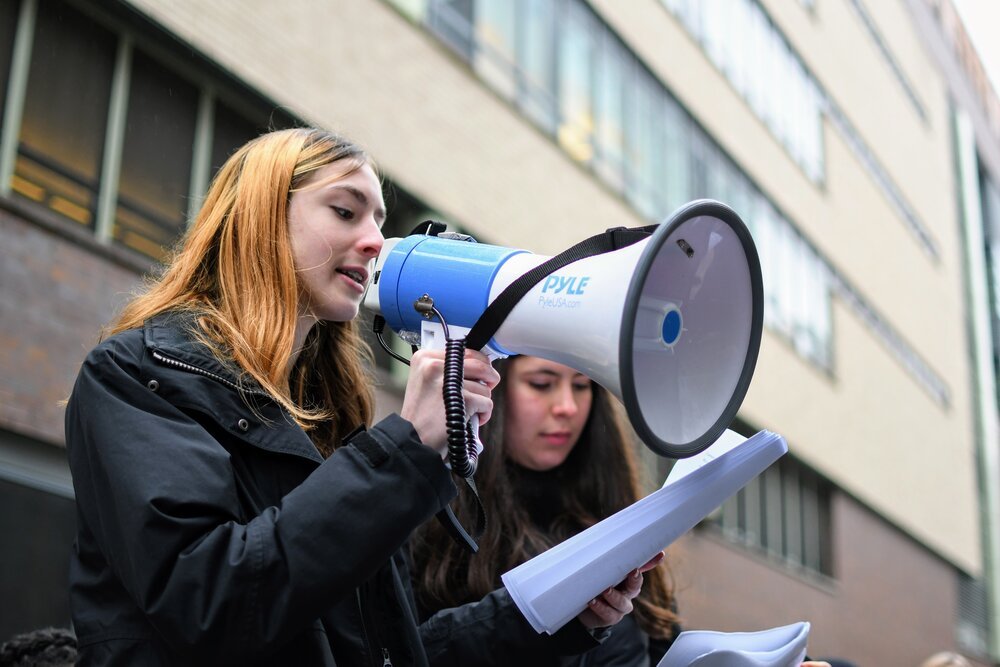

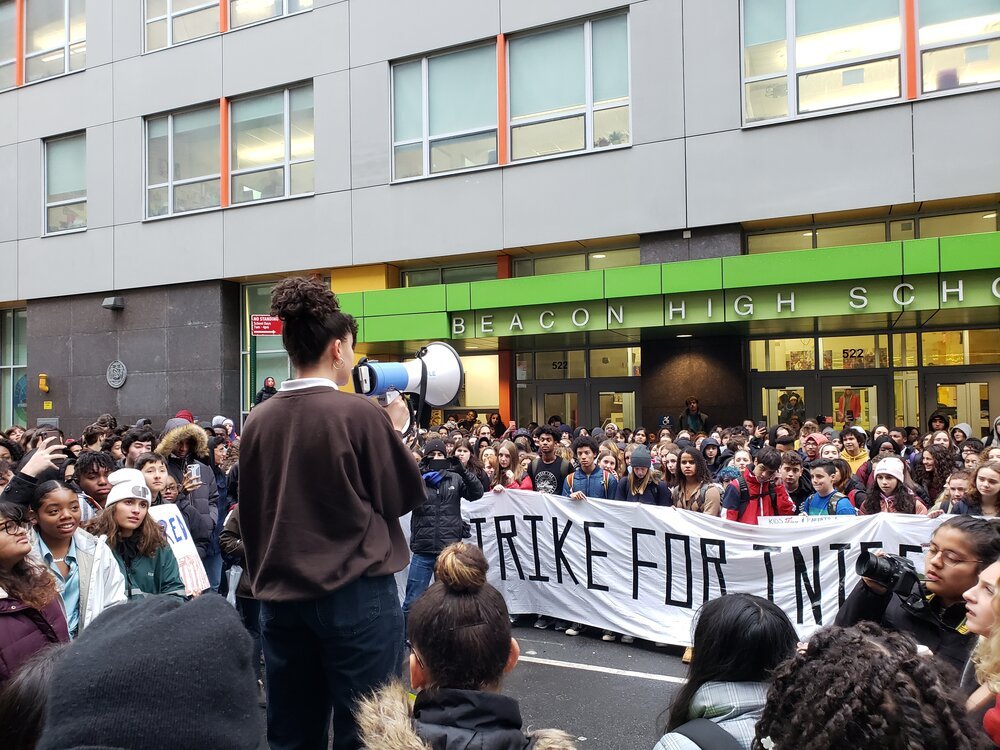
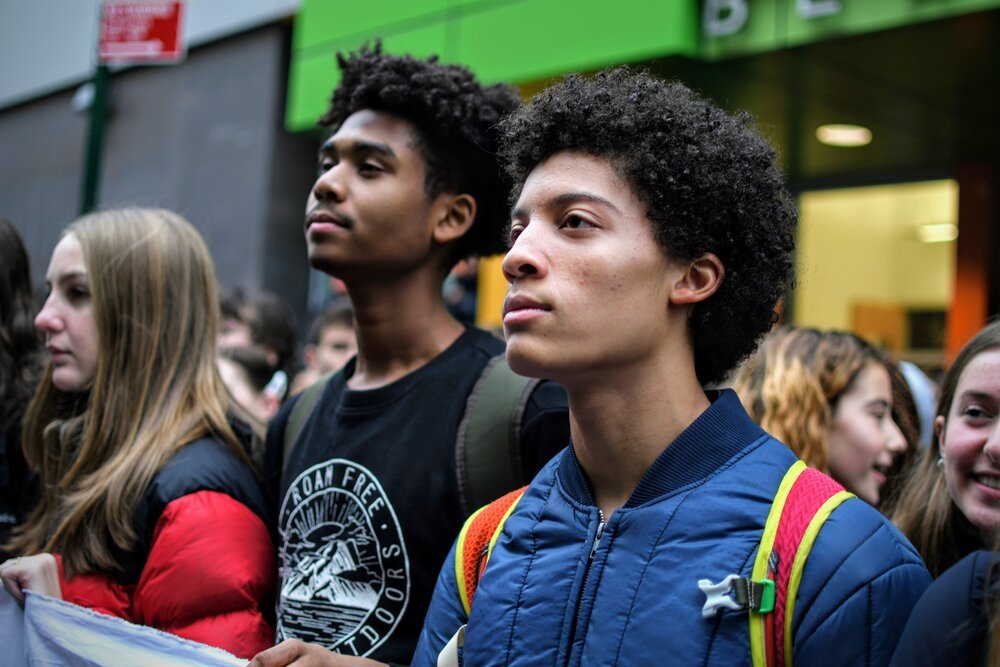
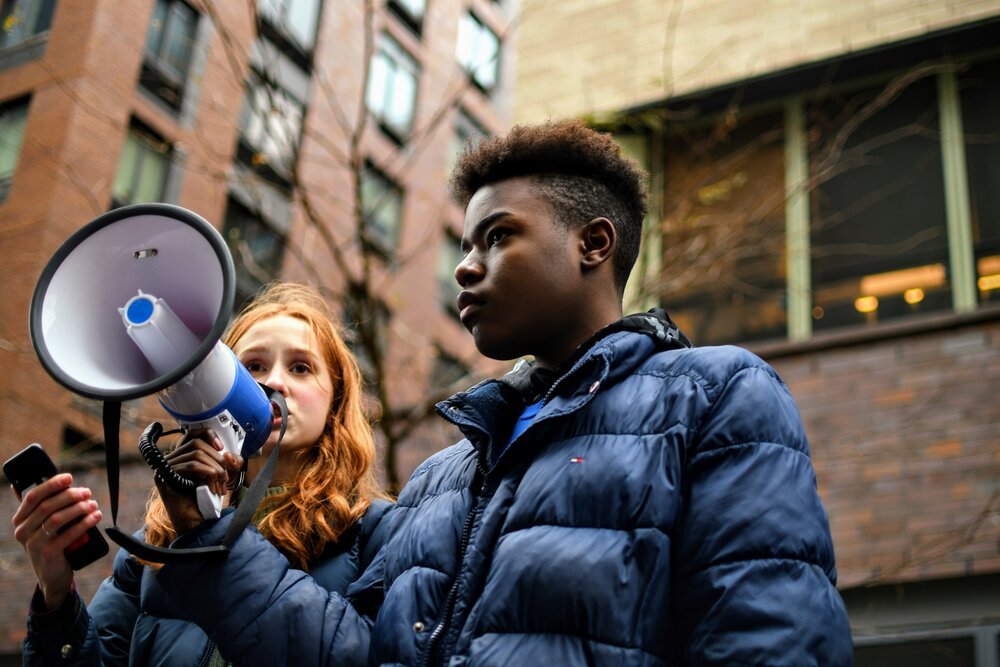
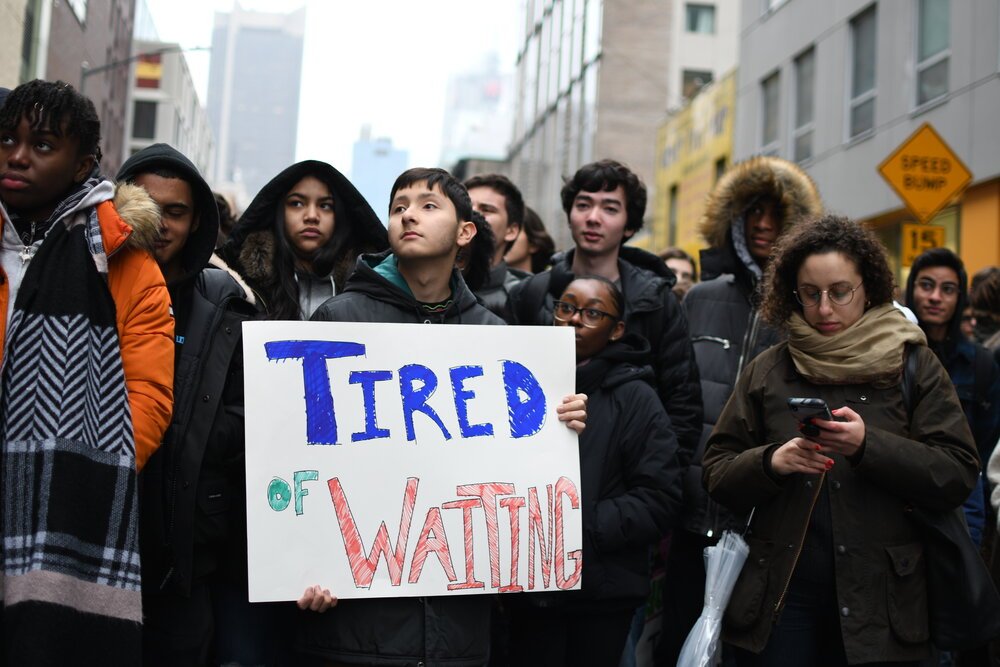
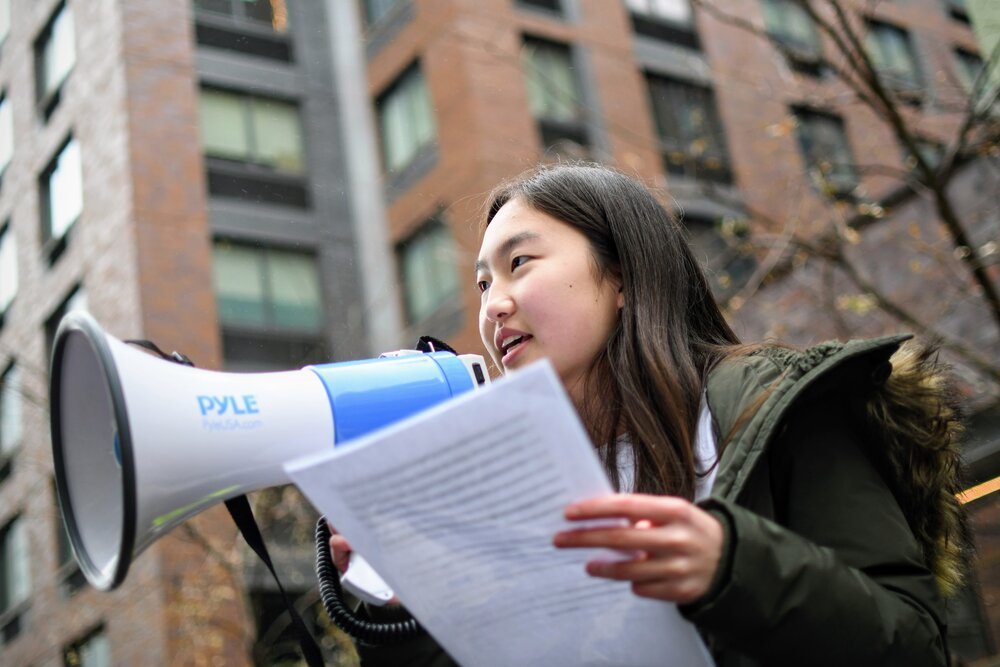
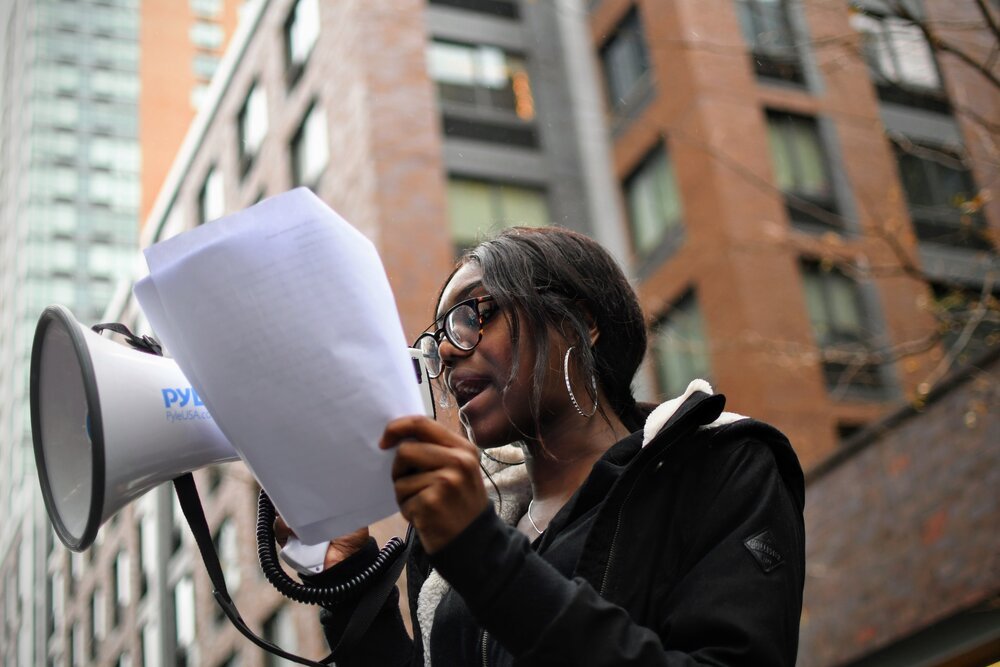

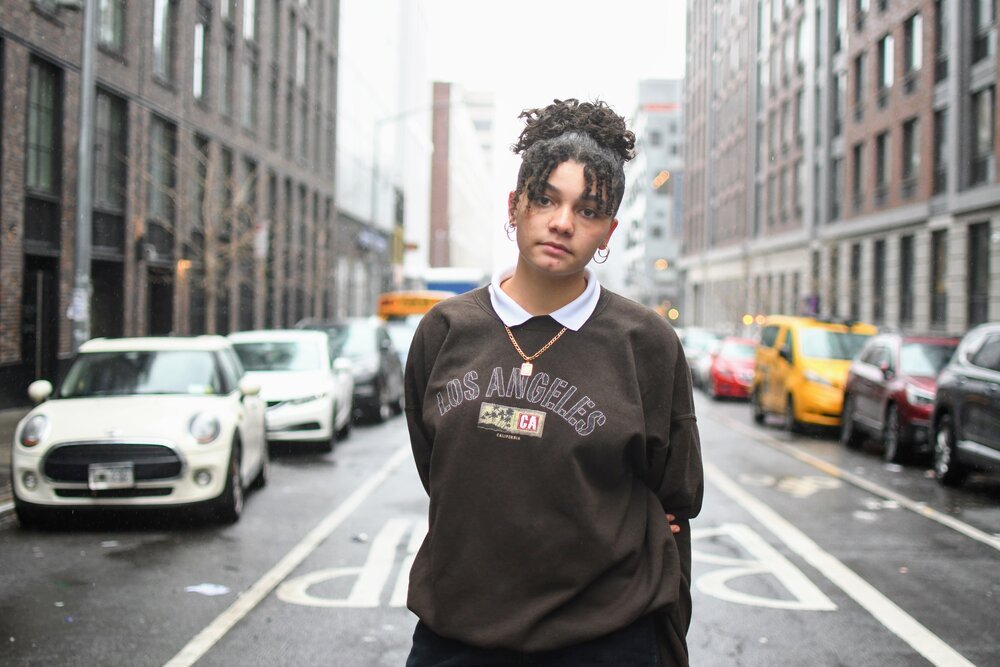
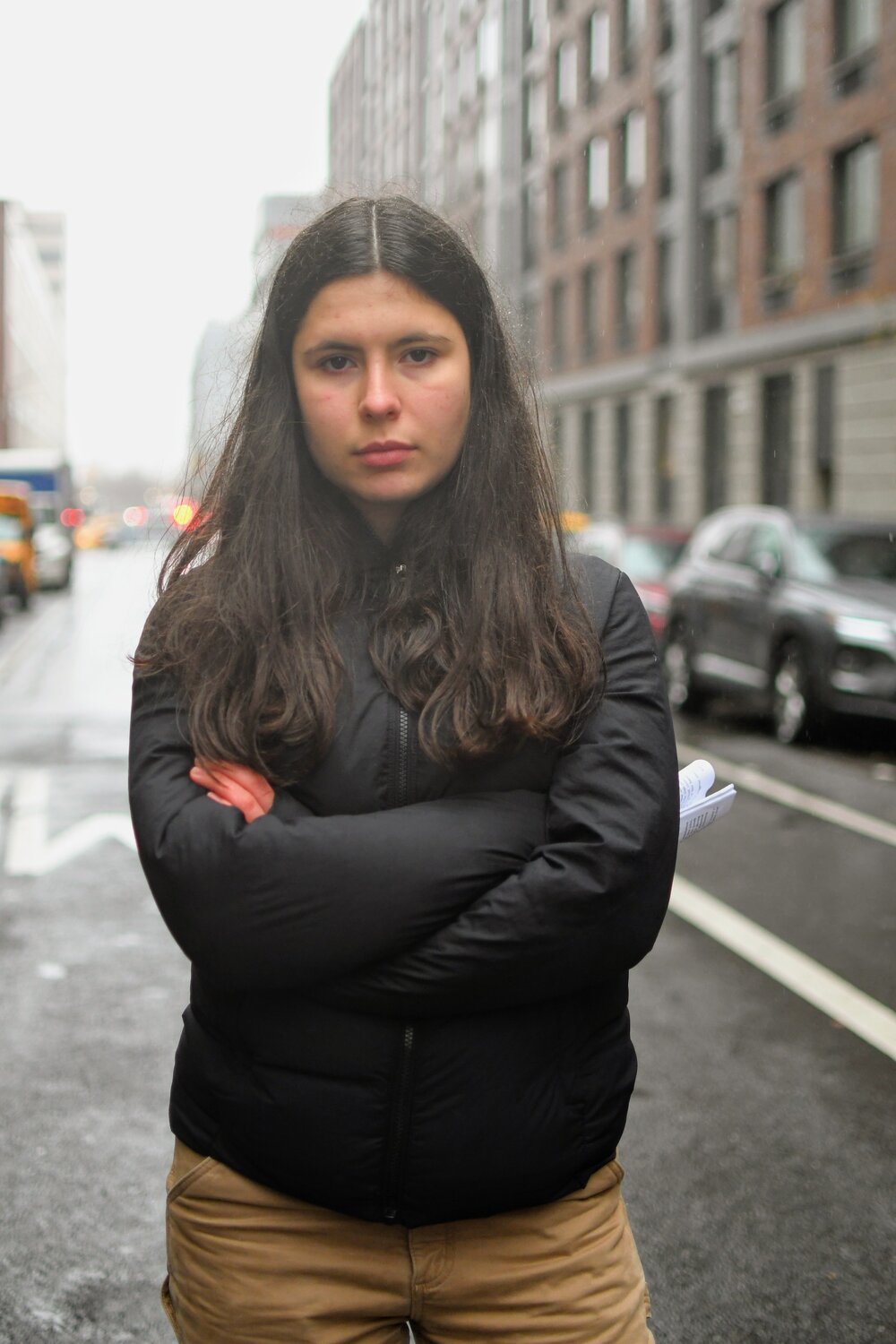
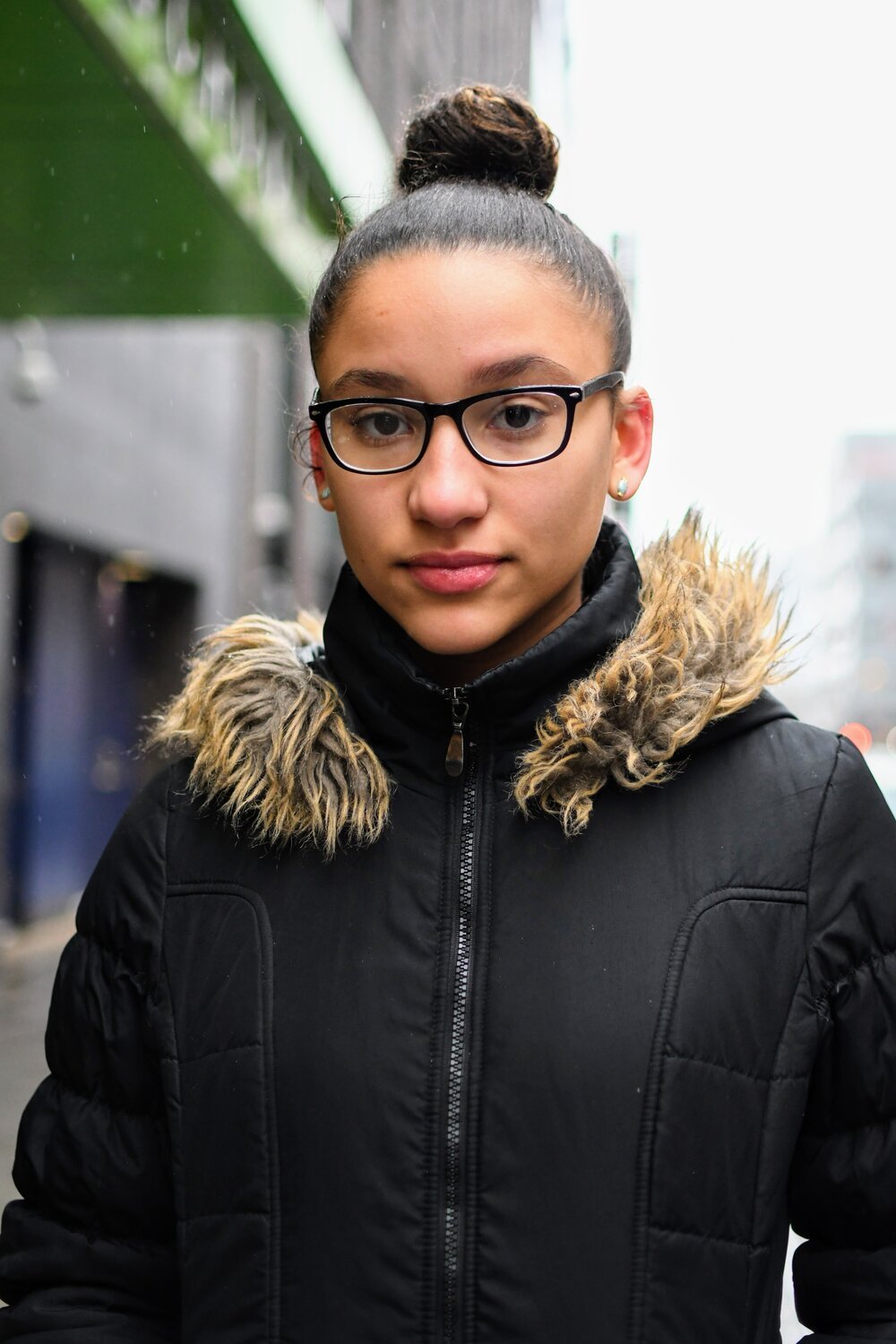
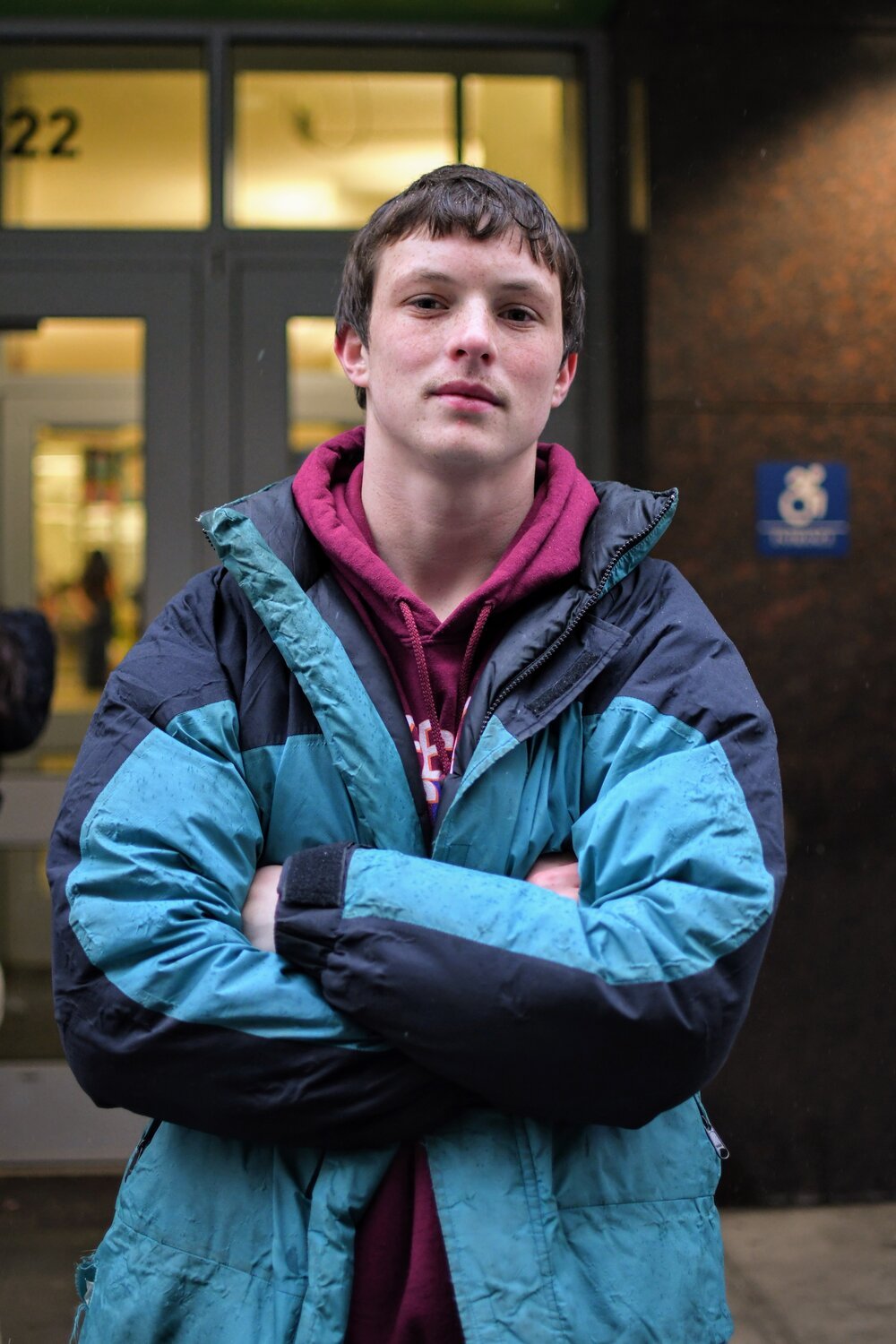
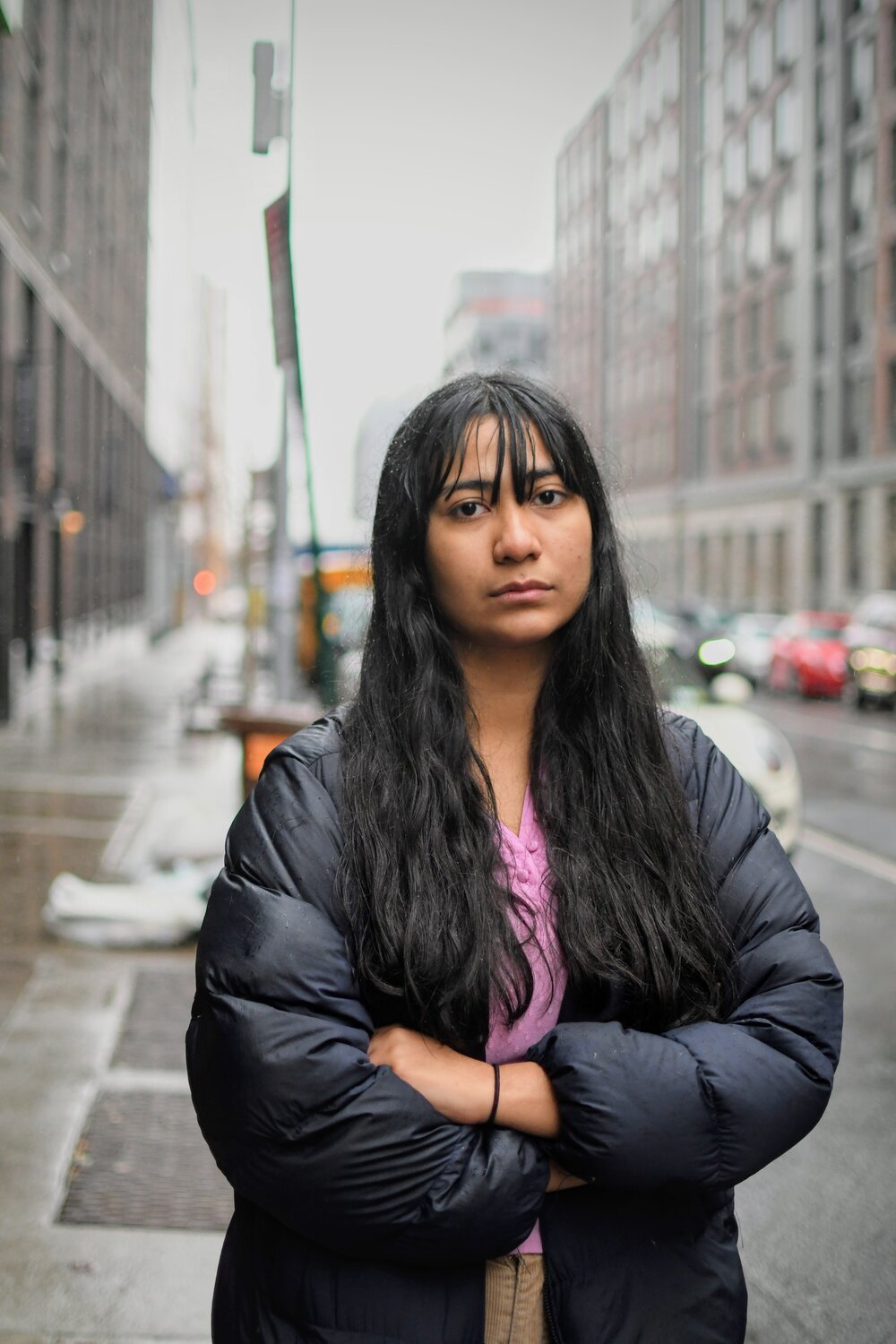
Photos by Dulce Michelle
STRIKE #4
NYC Lab x Museum School
December 9, 2019
“The truth of the matter is that our mayor and the DOE do not care that I walk through the halls of my school covered in a cloak of anxiety, tensely awaiting to hear the next slur or microaggression.”
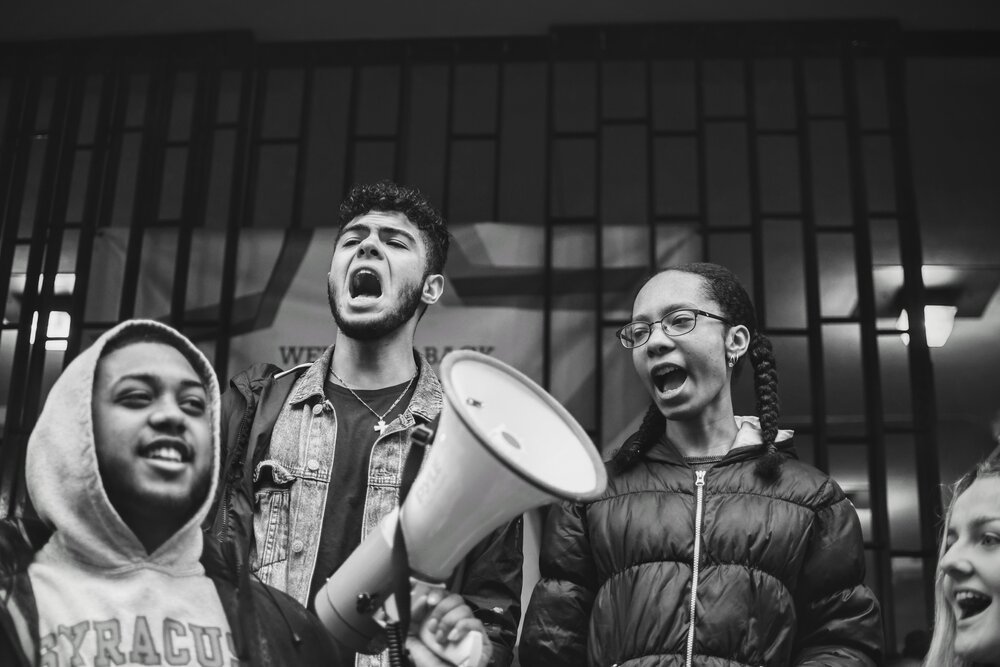
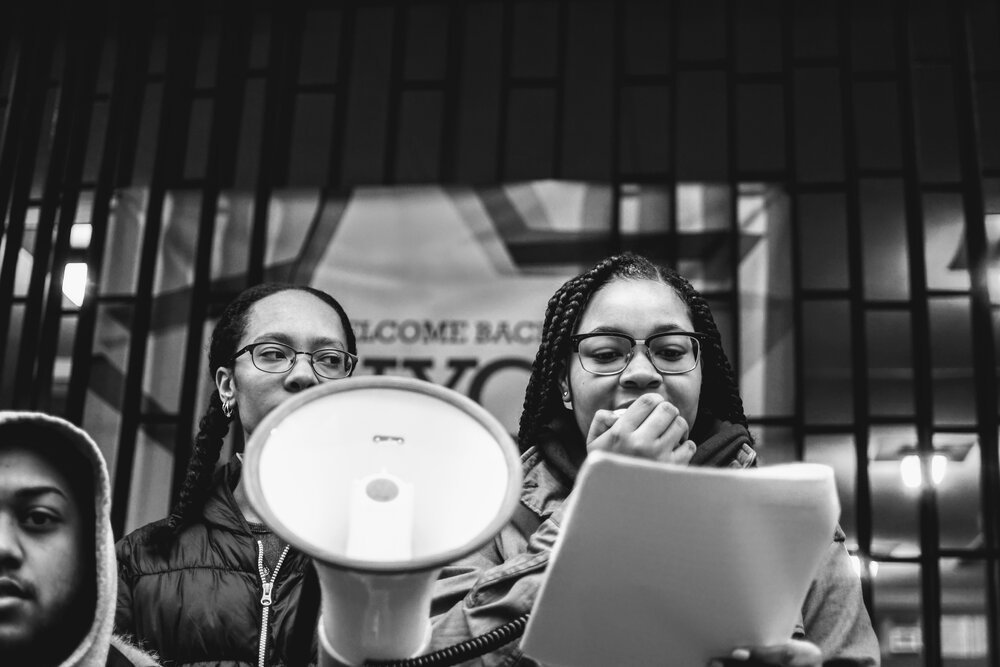


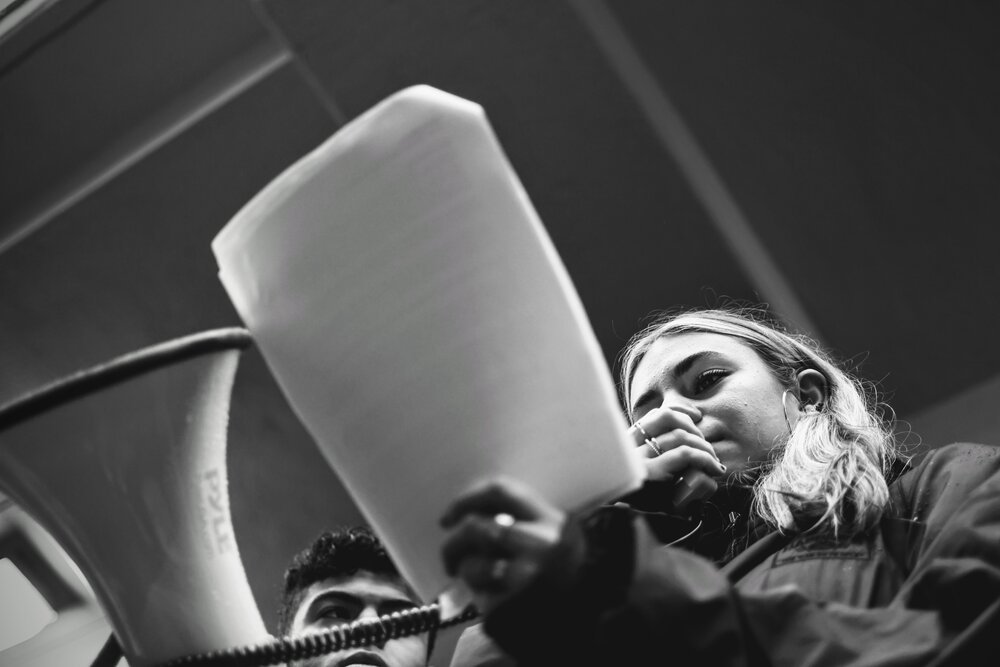

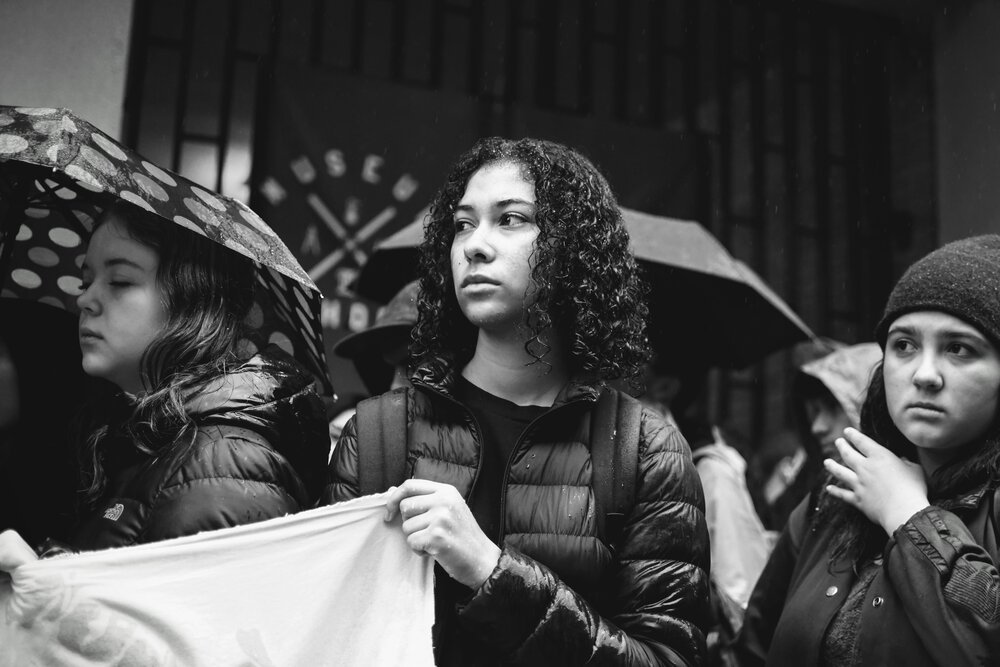
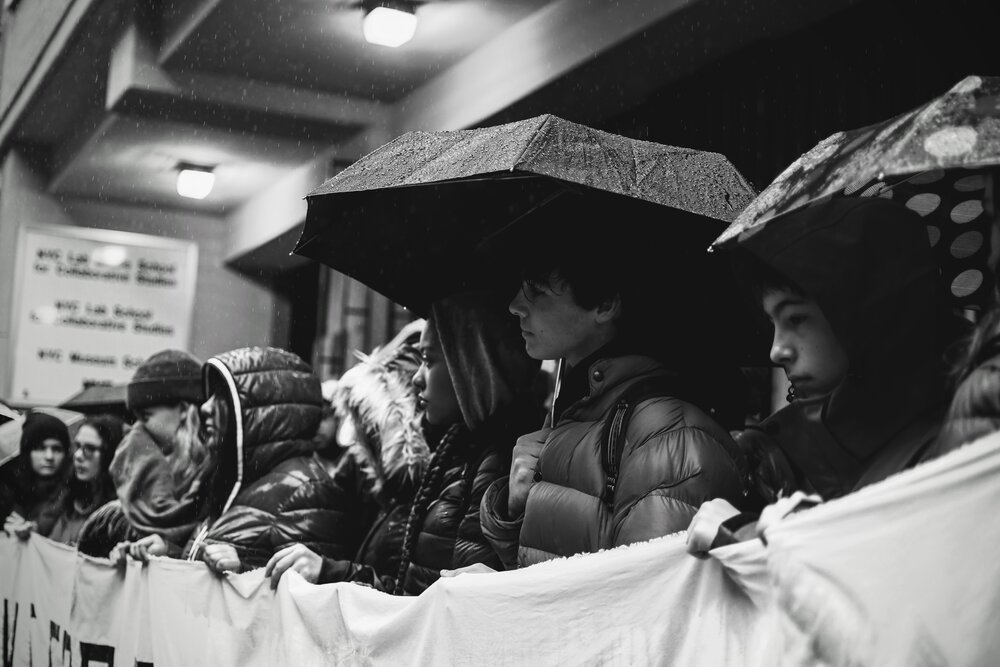
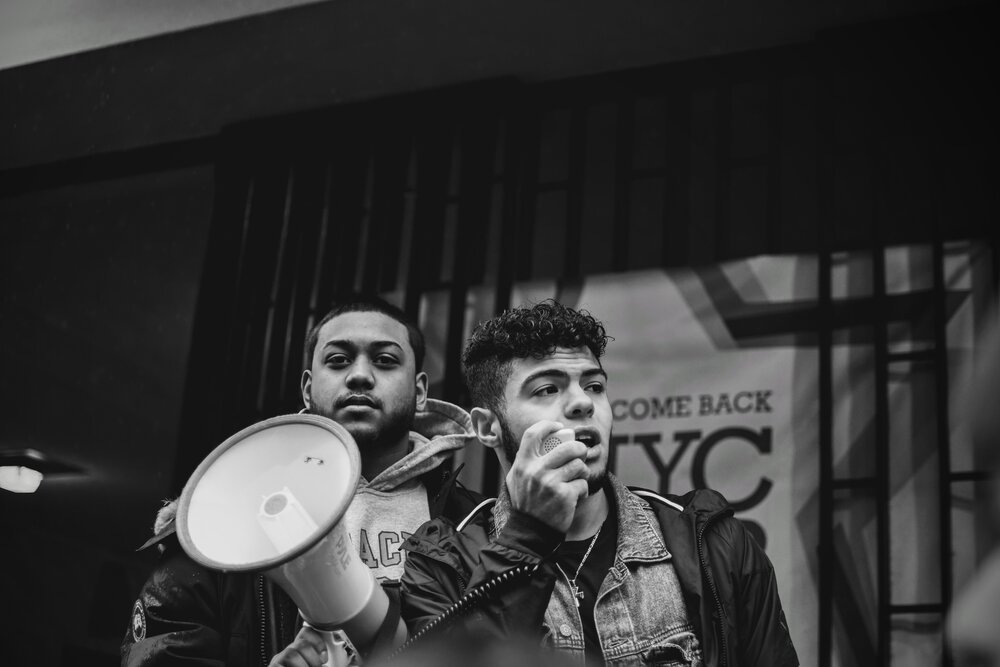
Photos by Dulce Michelle
STRIKE #5
Pace High School
December 16, 2019
“People make the argument that students in schools like Eleanor Roosevelt and Beacon work harder than us, that they are more well-behaved. If we didn’t have the will, power, and drive, then I don’t think any of us would be out here, and I wouldn’t be up here giving this testimony.”
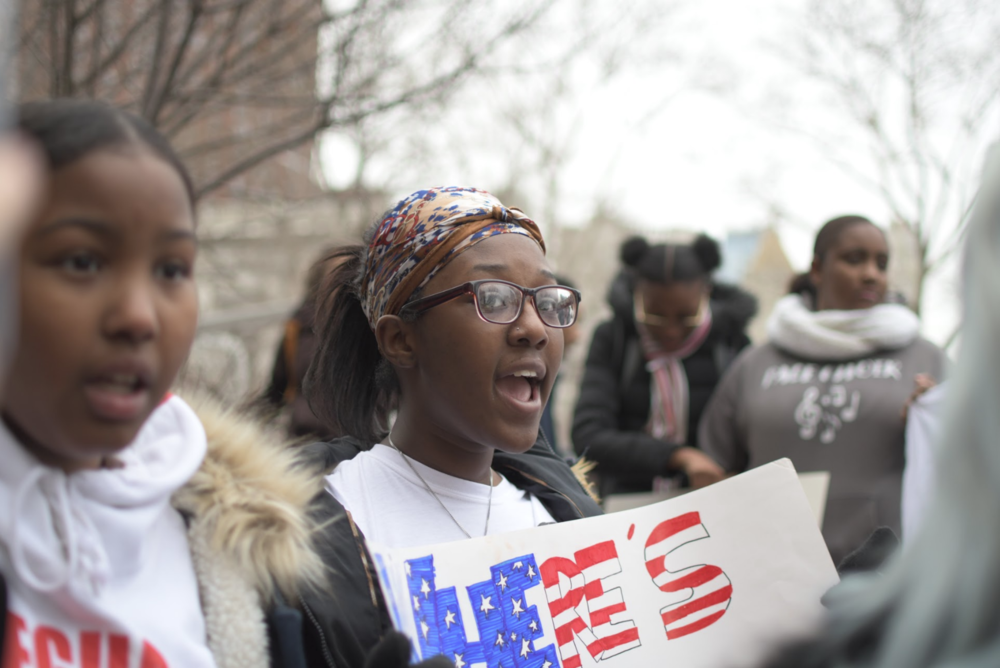
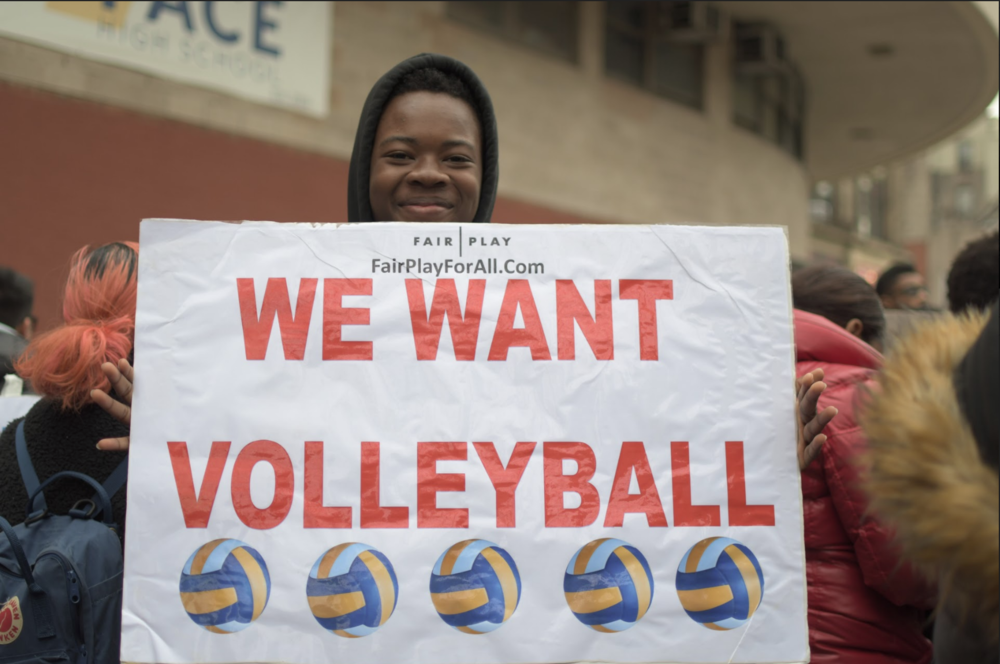
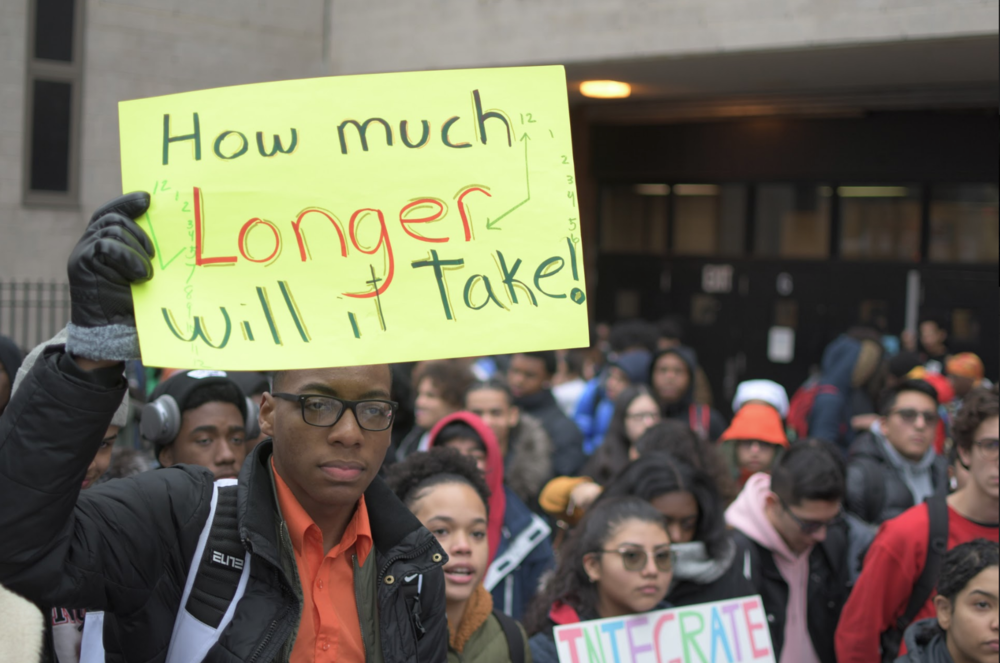
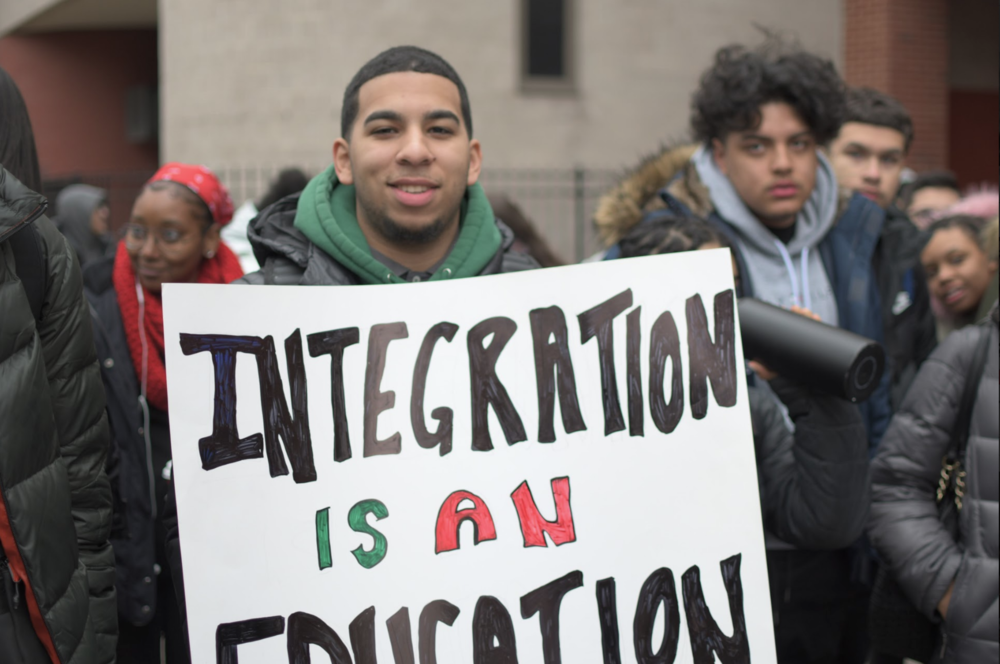



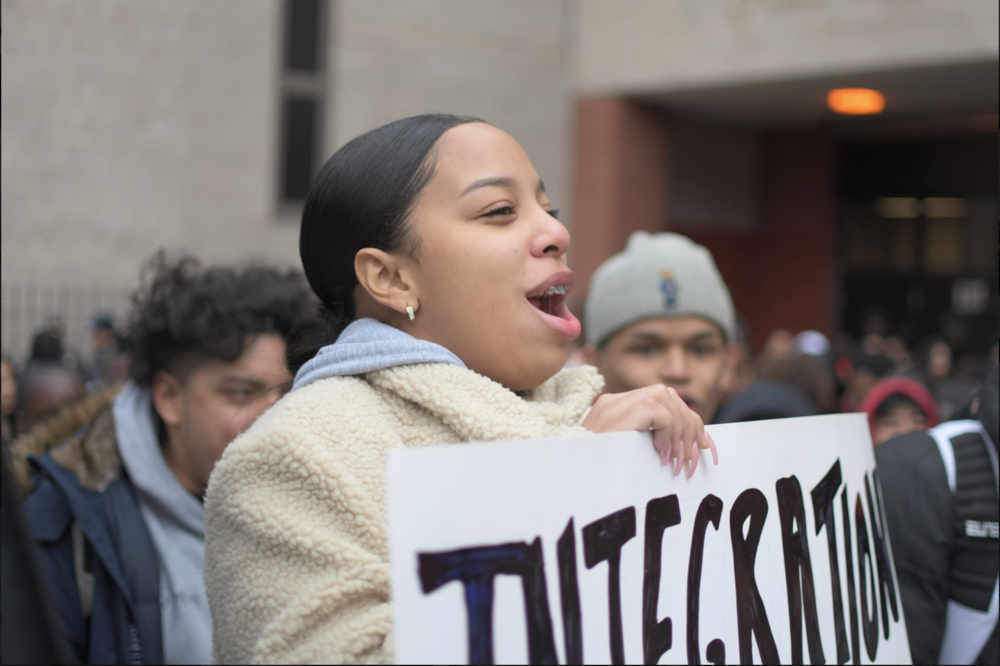
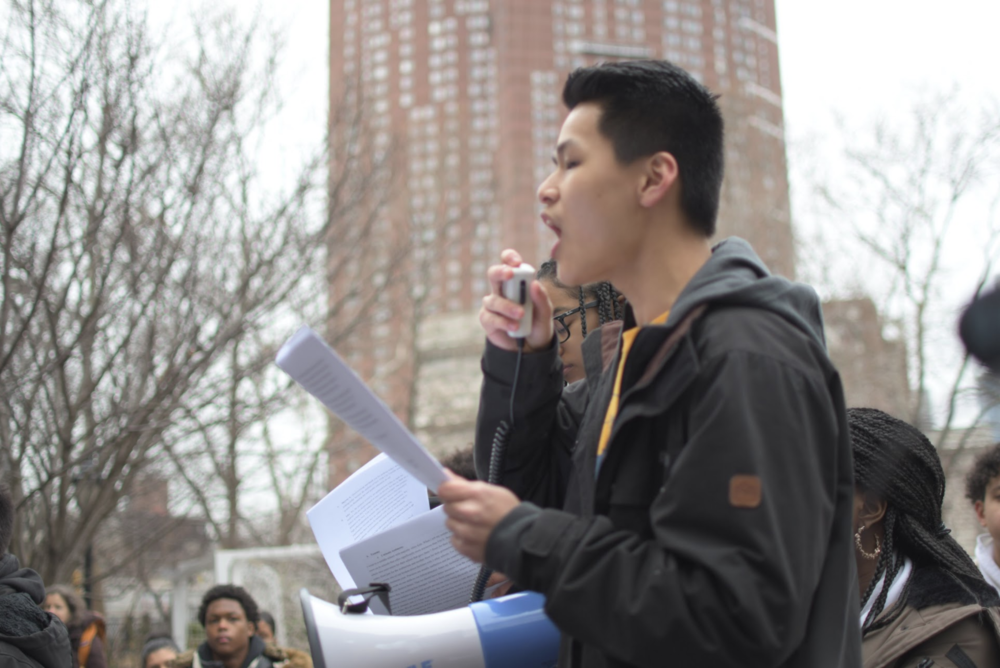
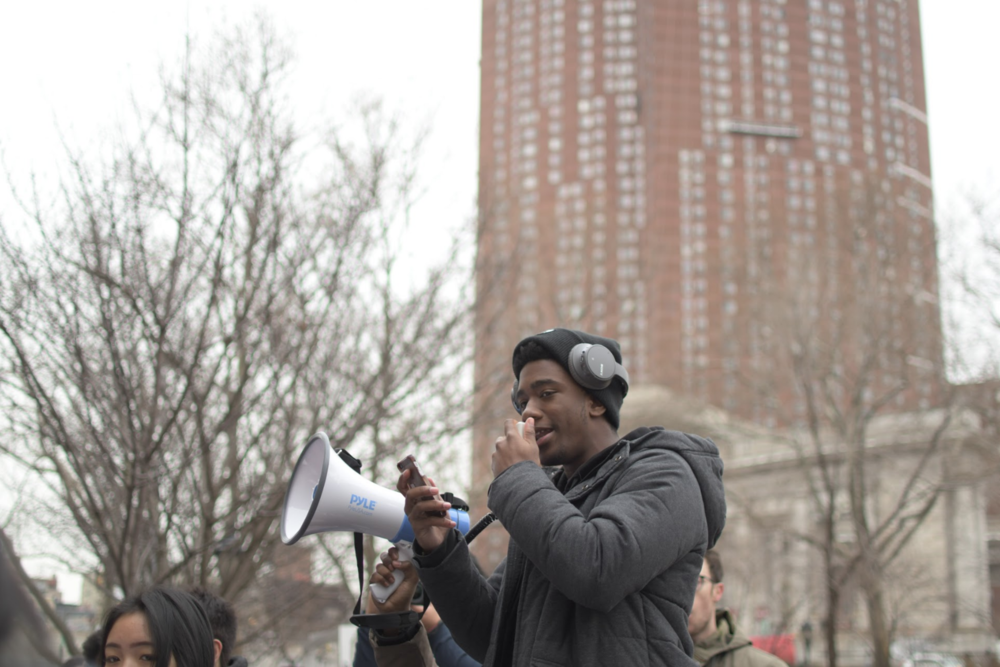
Photos by Dulce Michelle
STRIKE #6
New Utrecht High School
December 16, 2019
“We are here today to remind the Mayor and the Chancellor that every single day, thousands of students are walking into segregated high schools and do not have equal access to the resources they need to thrive.”
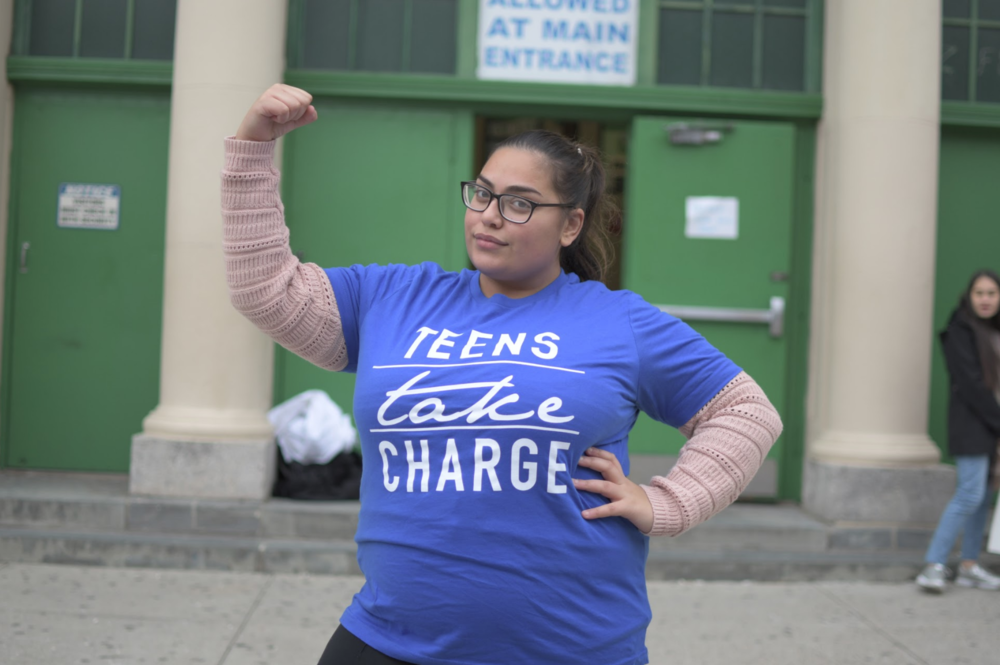

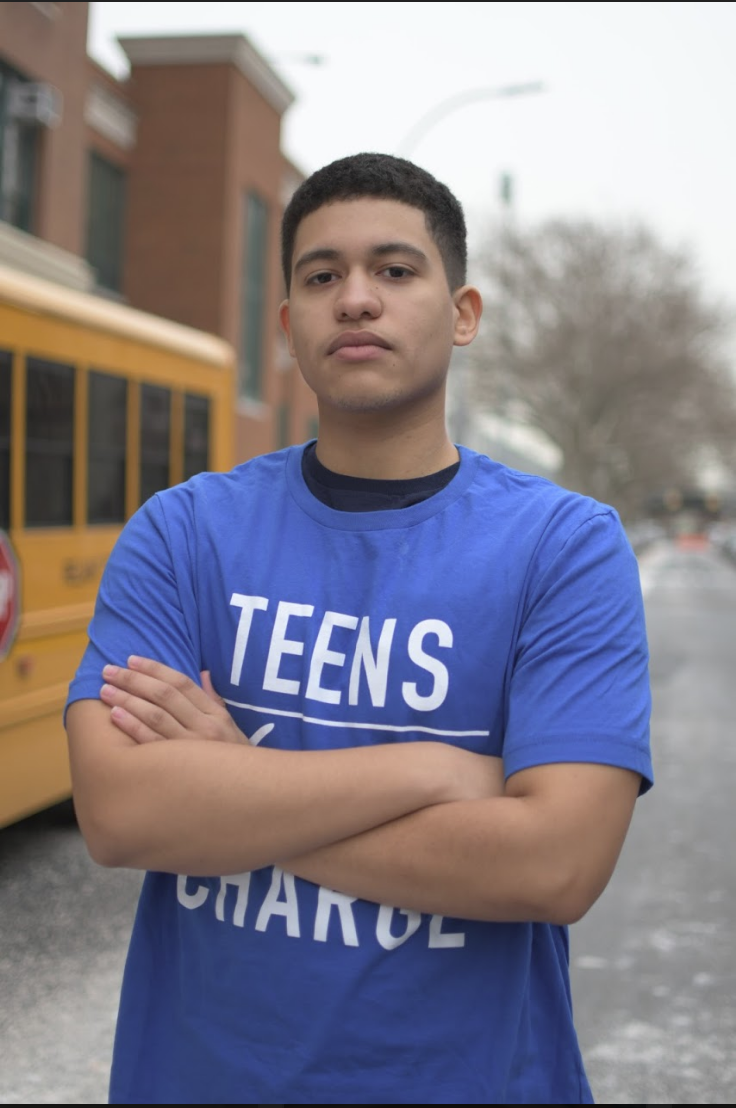
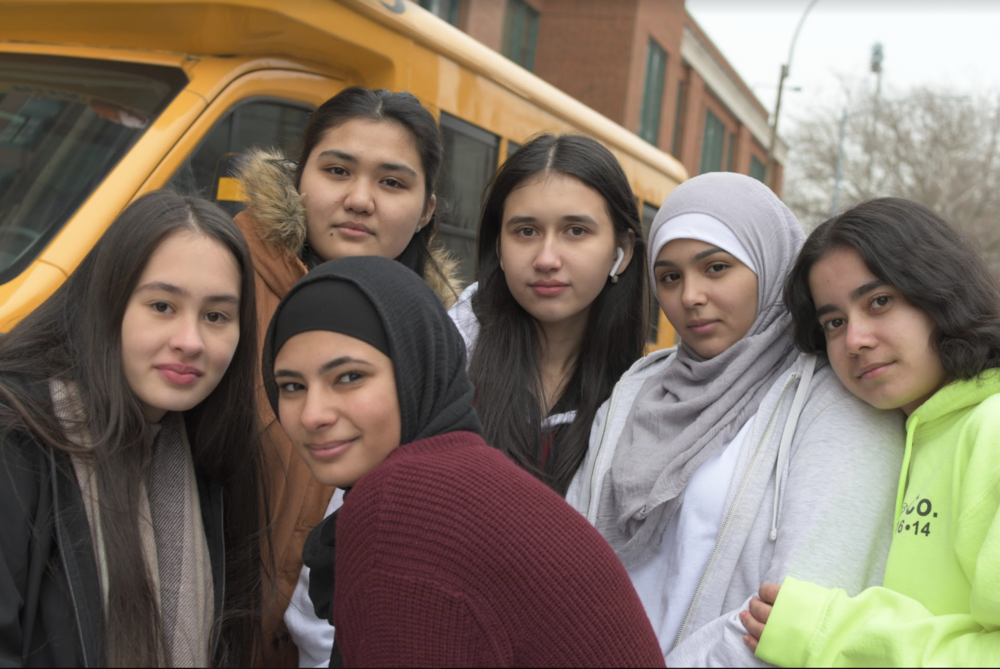
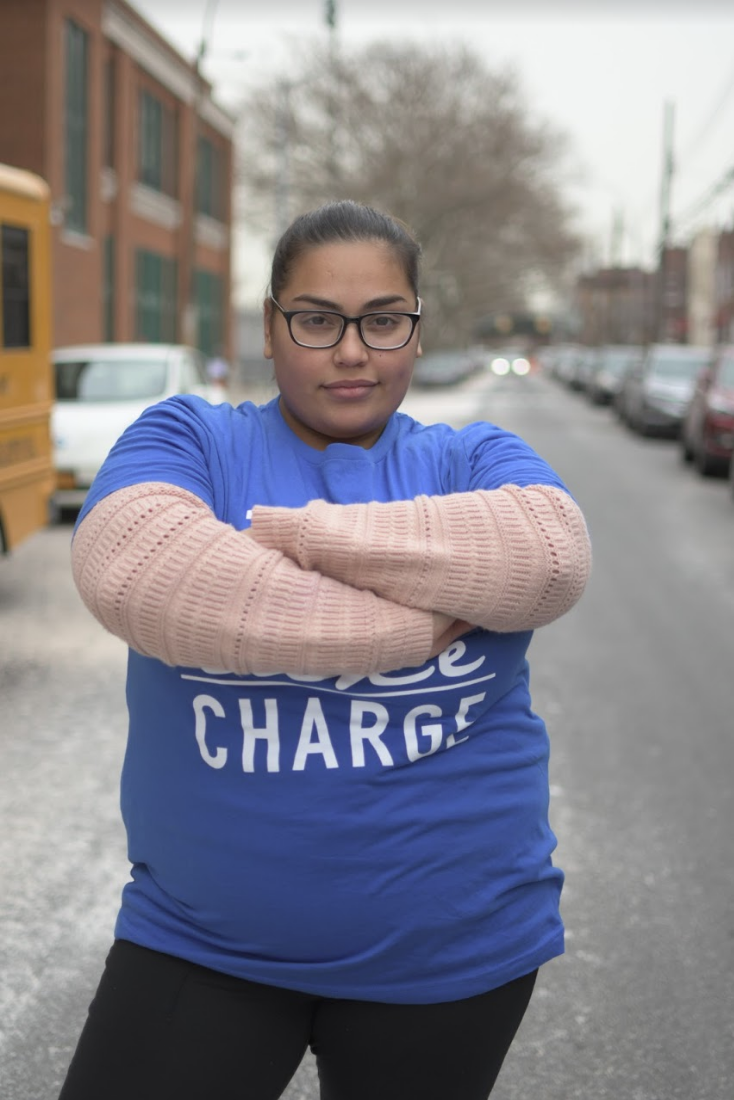
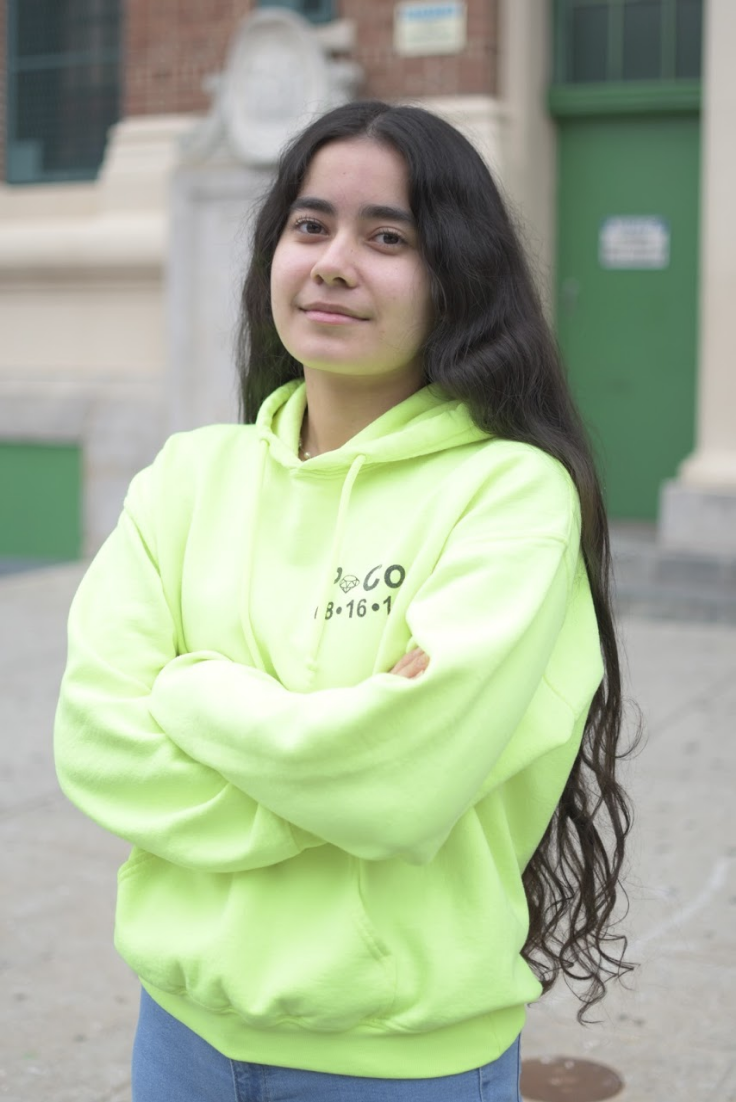
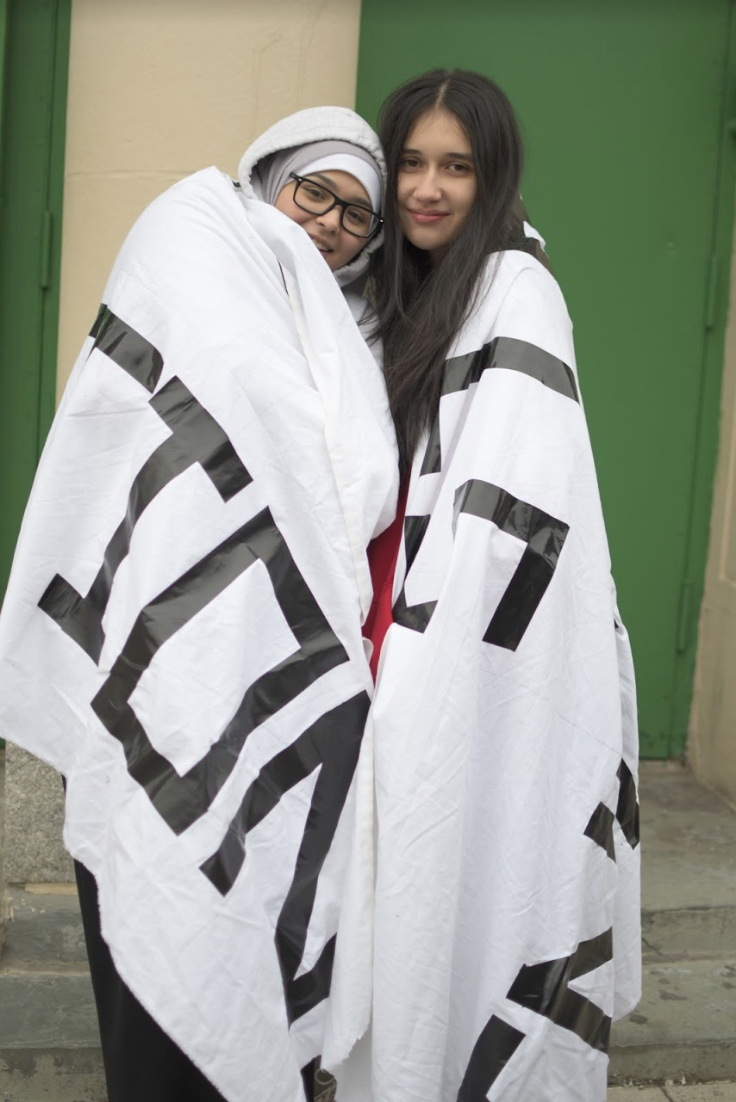

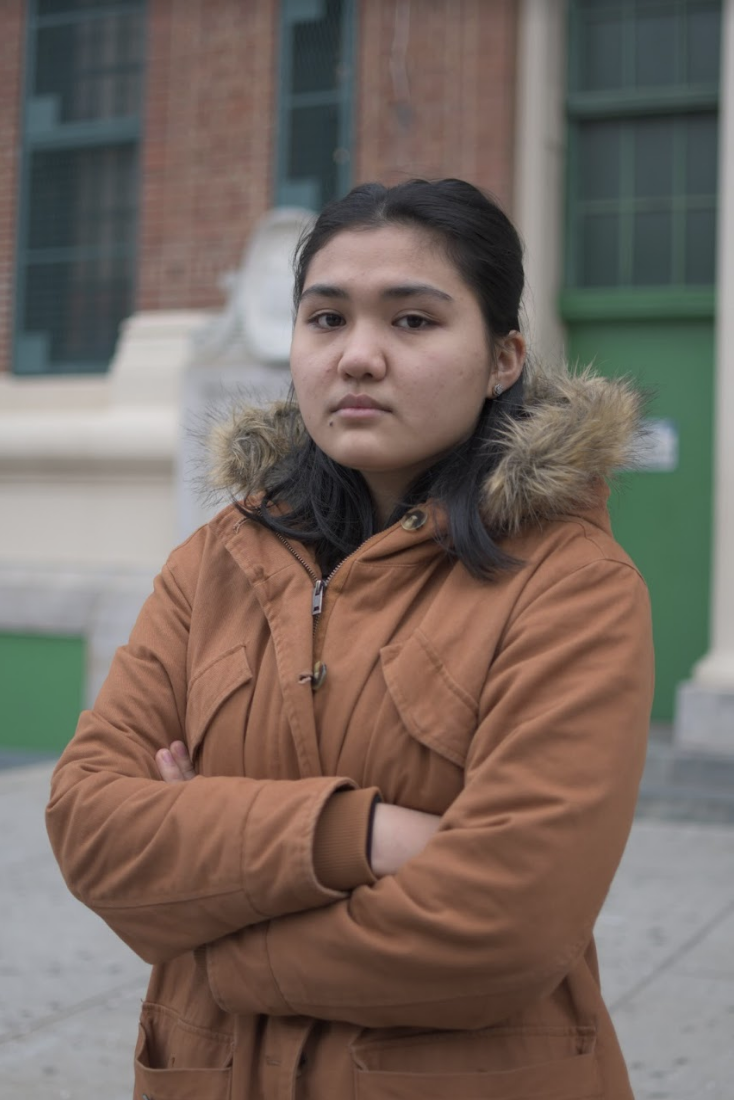
Photos by Dulce Michelle
STRIKE #7
Brooklyn Borough Hall
January 13, 2020
“I go to school in a system where we are told that we must look outside of our communities in order to obtain a better education. But why is that? What makes one school better than another? Who decided that there will even be a difference? ”
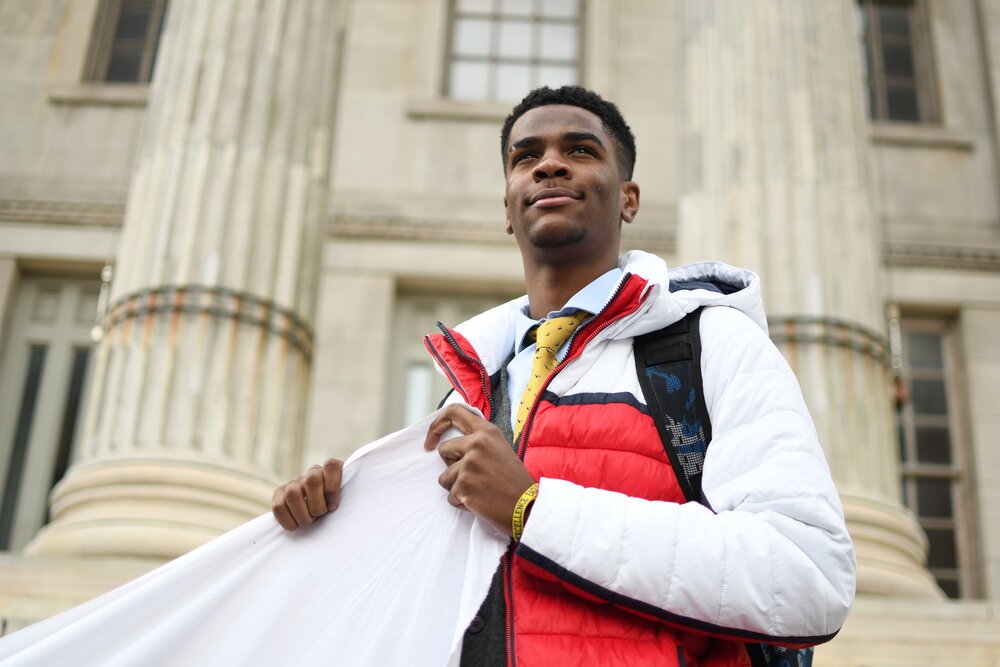
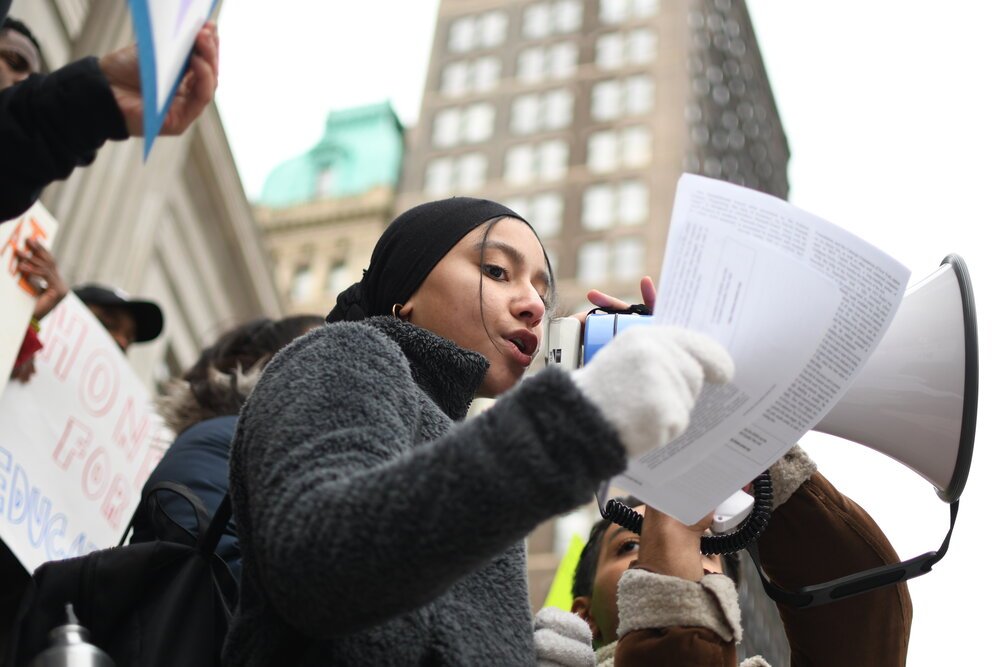
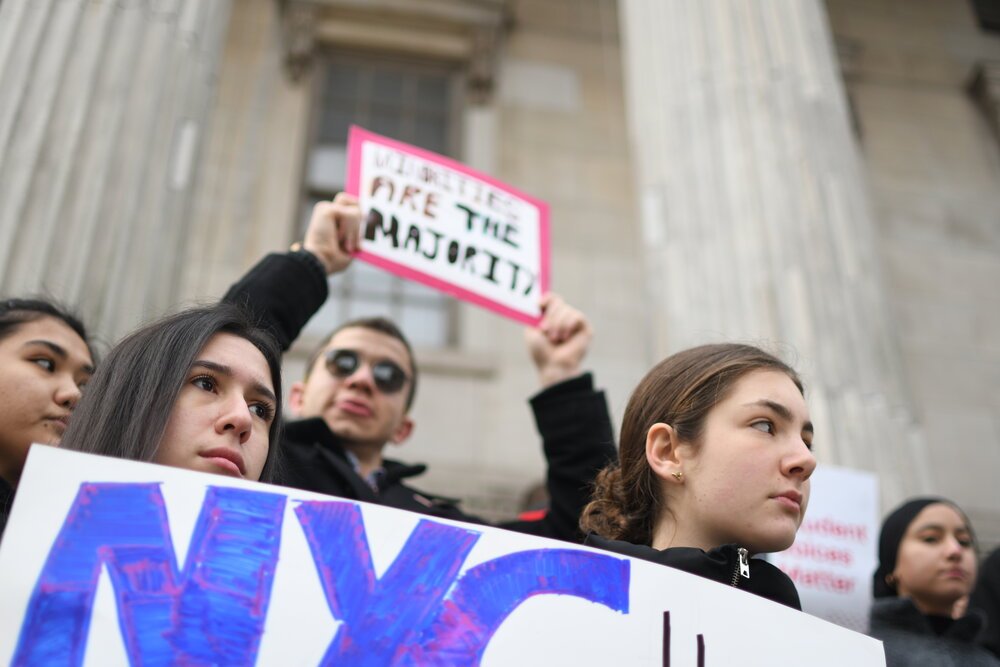
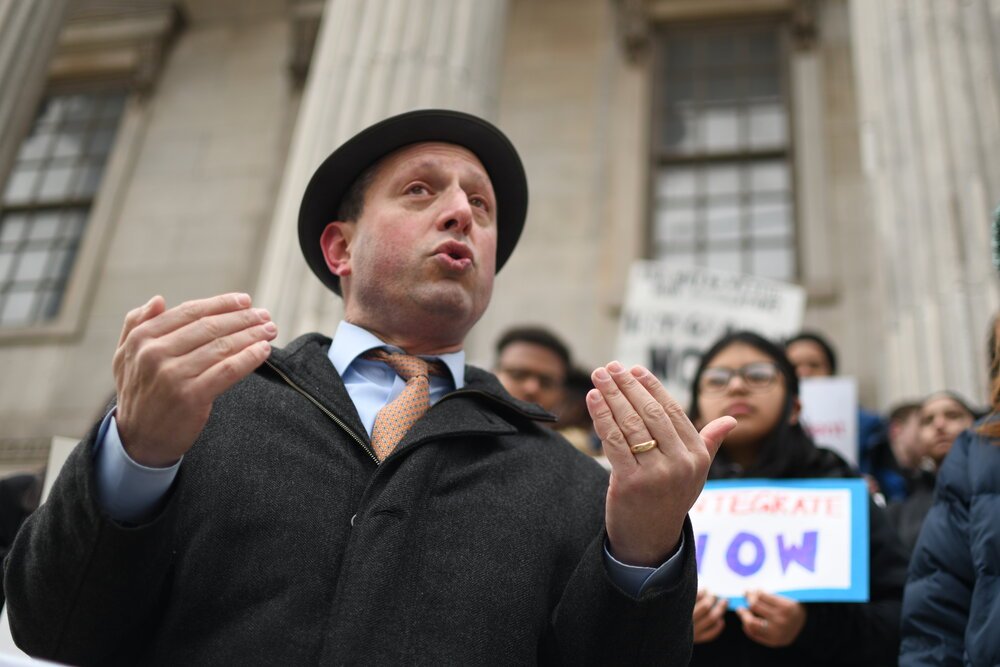
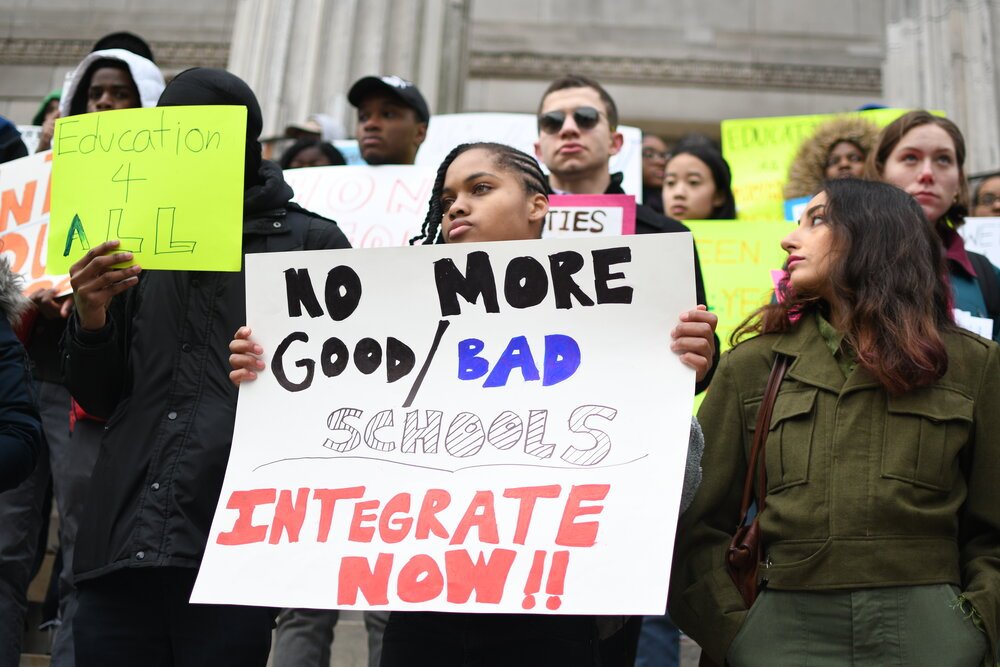
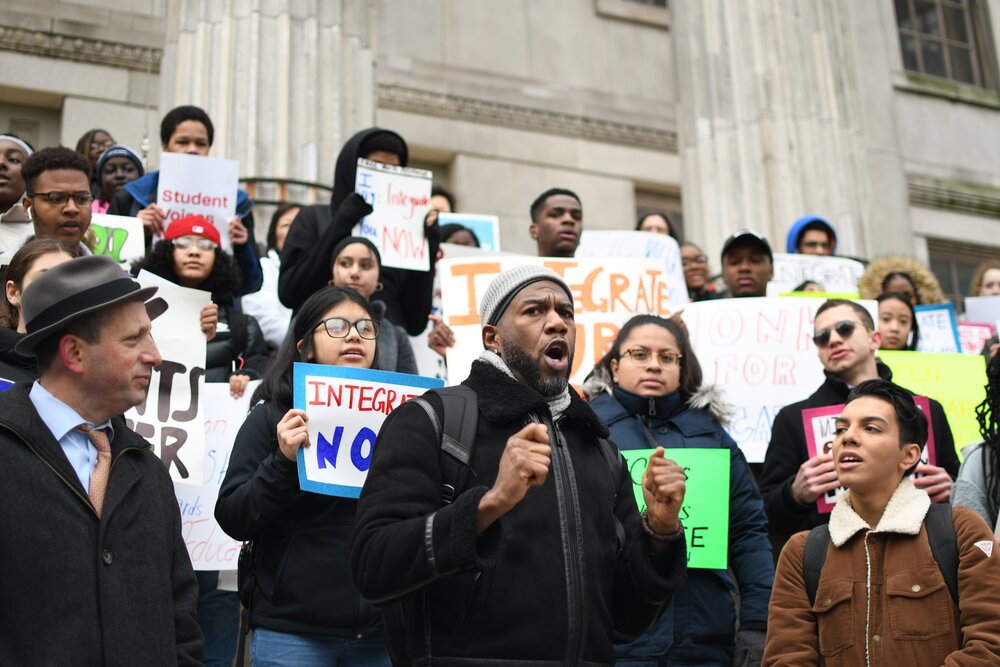
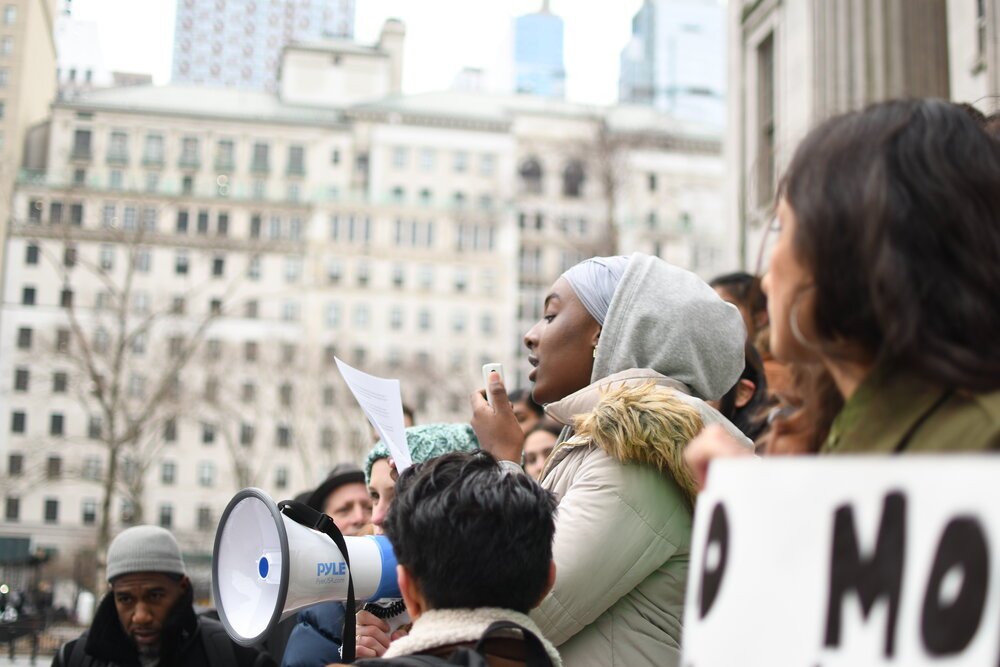
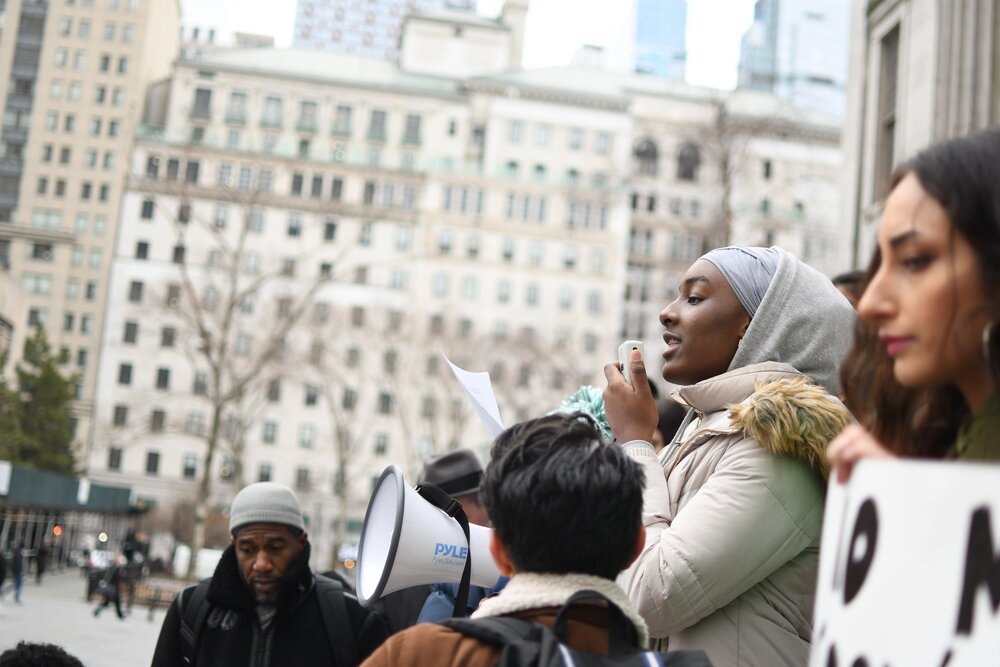
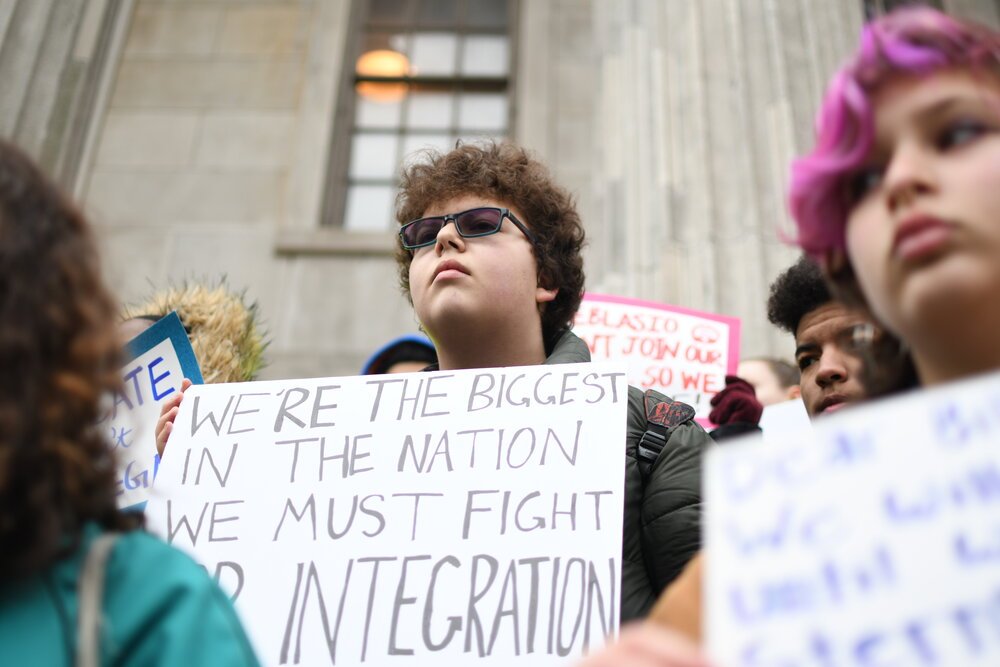
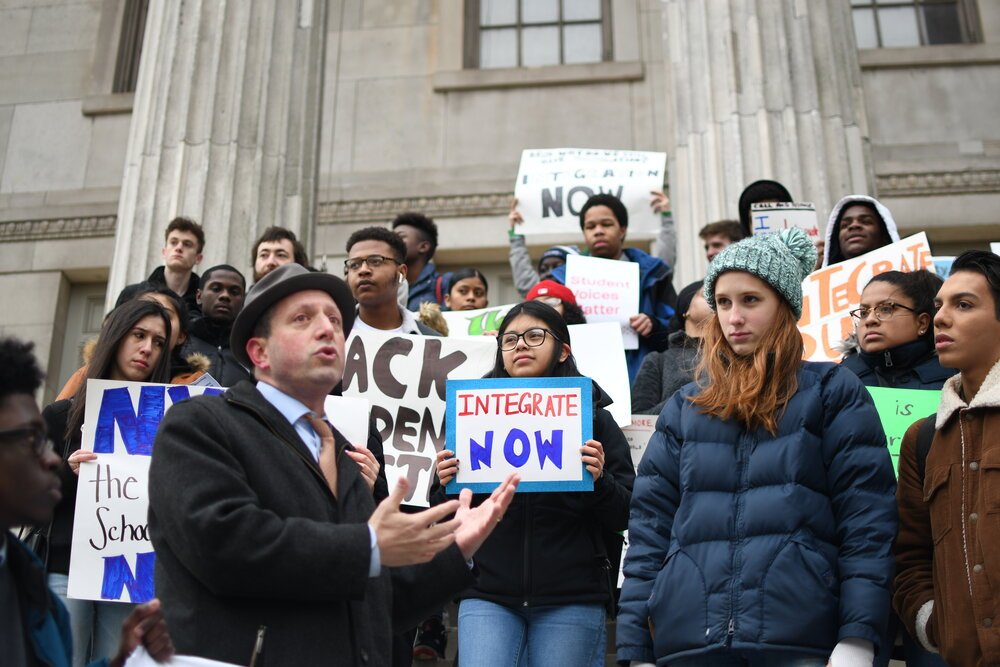
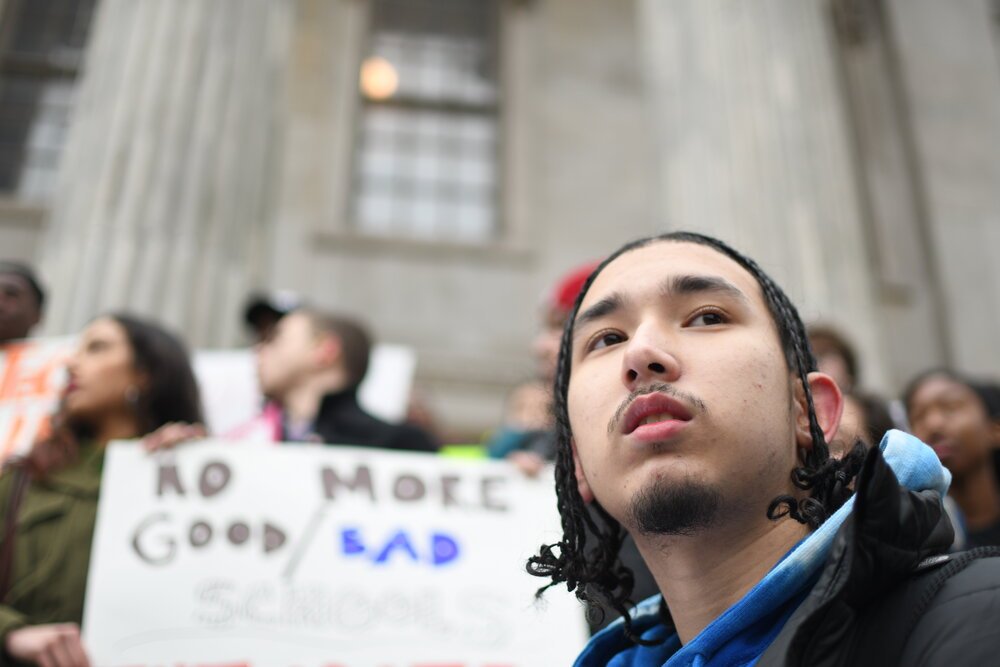
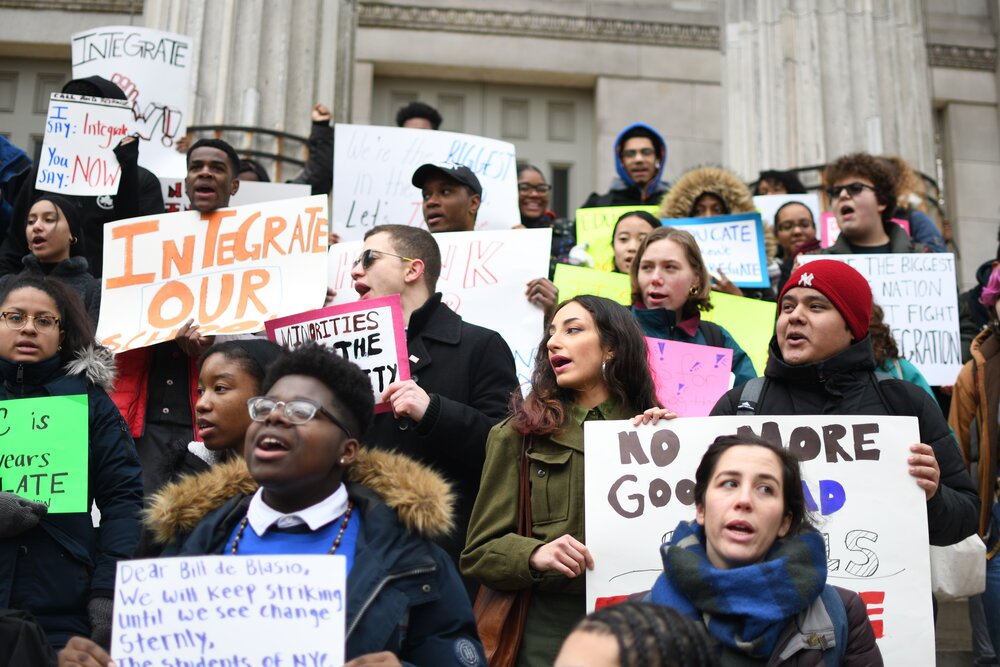
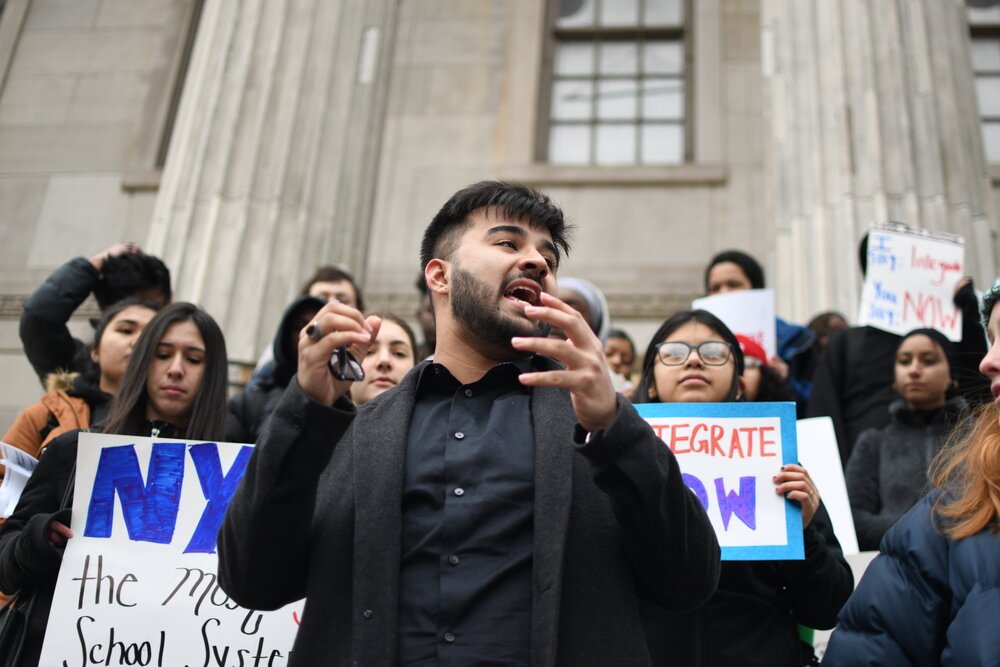
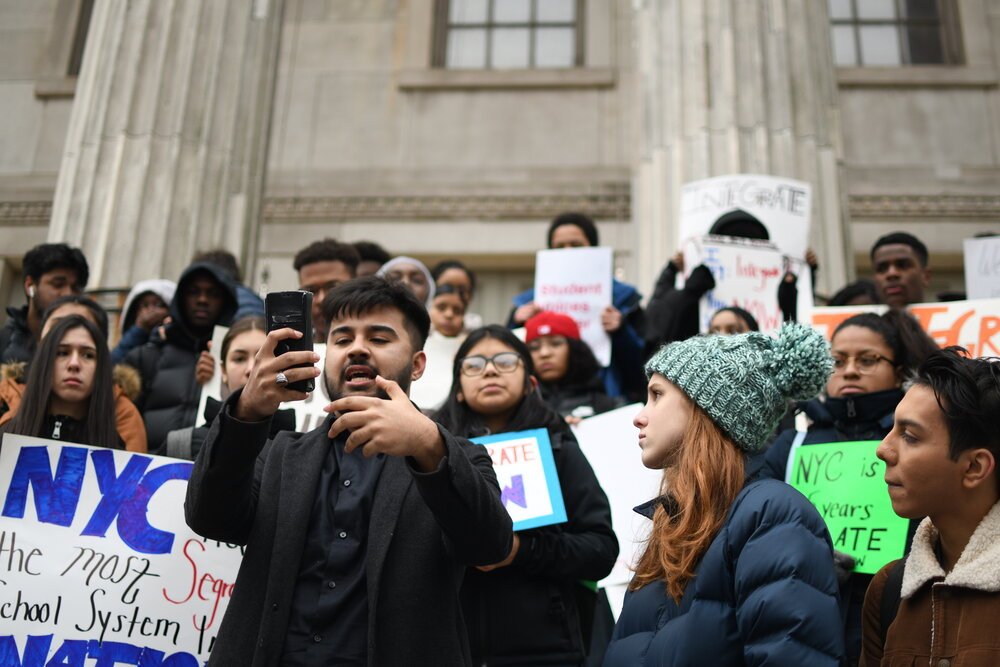
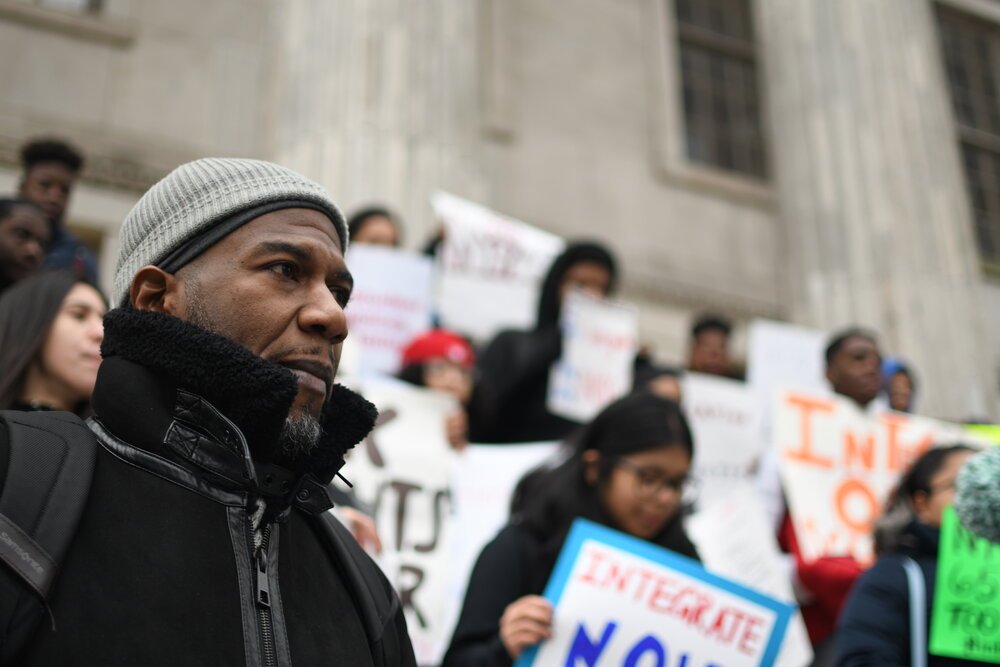
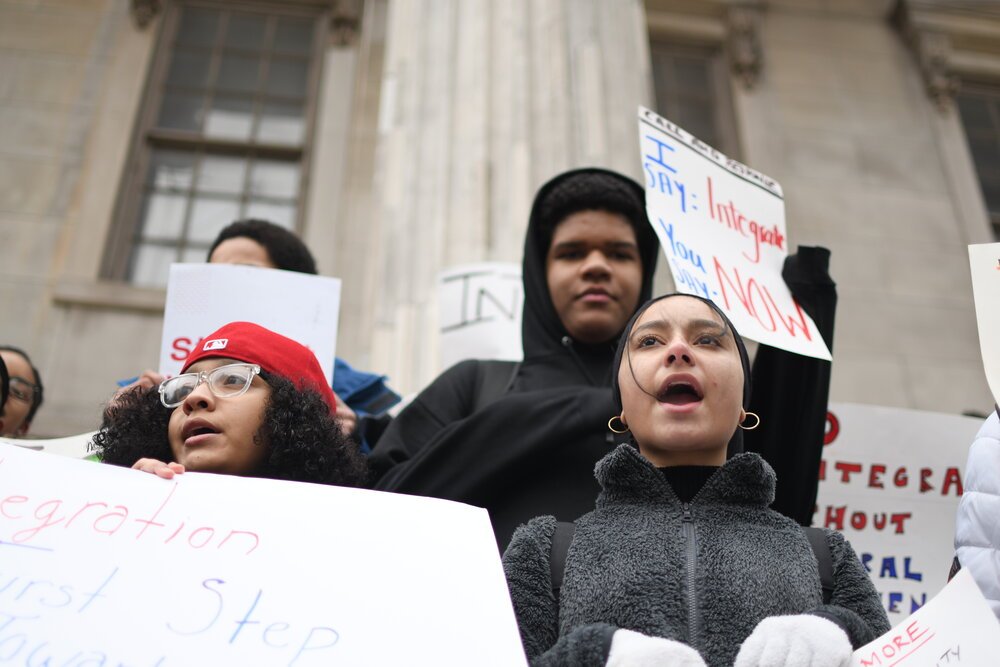

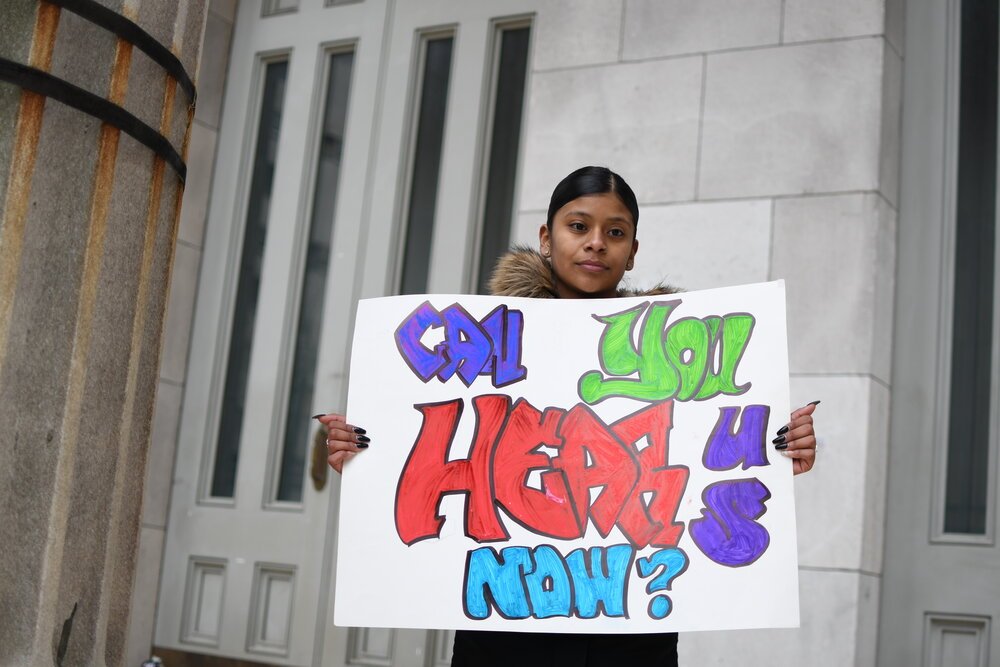
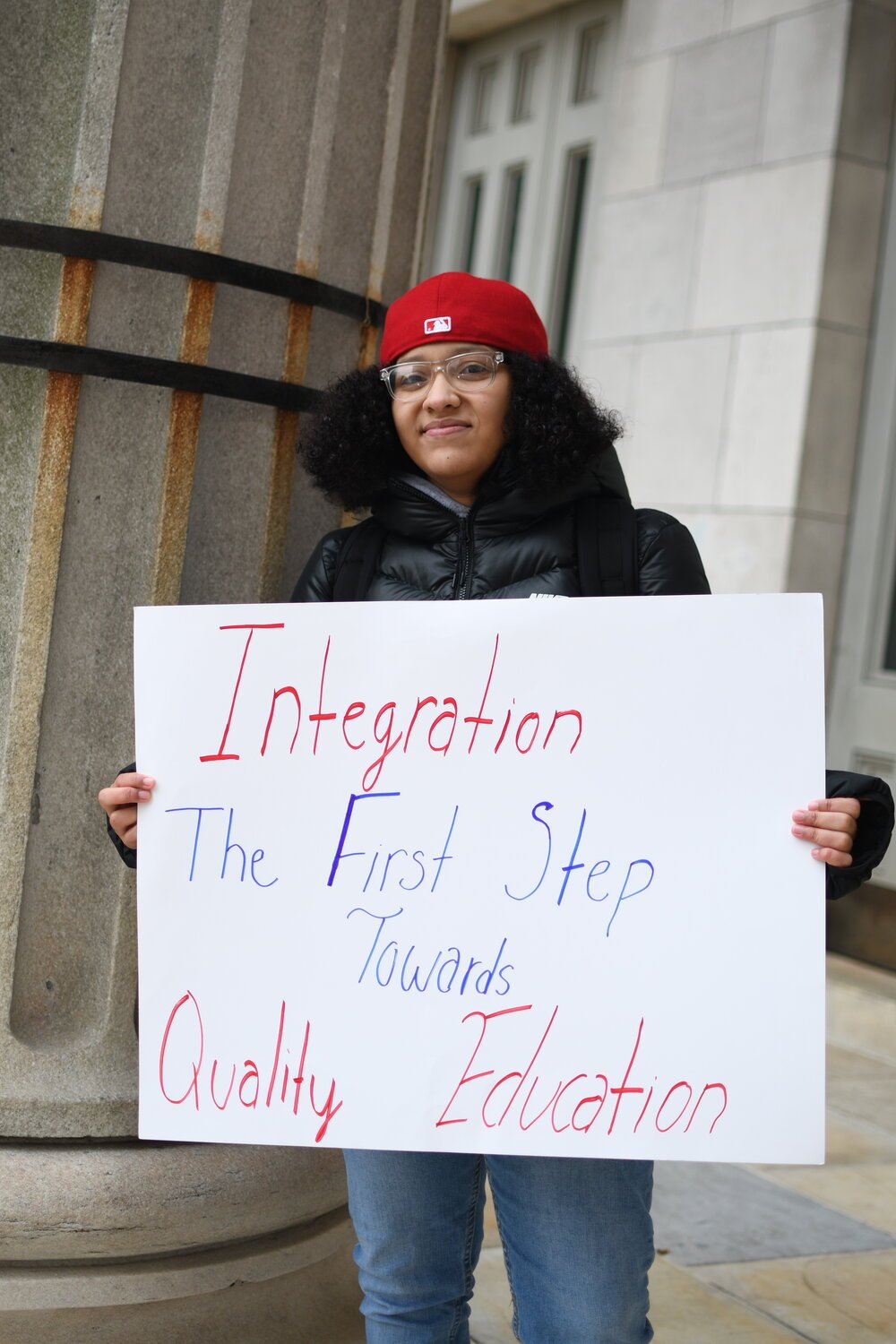
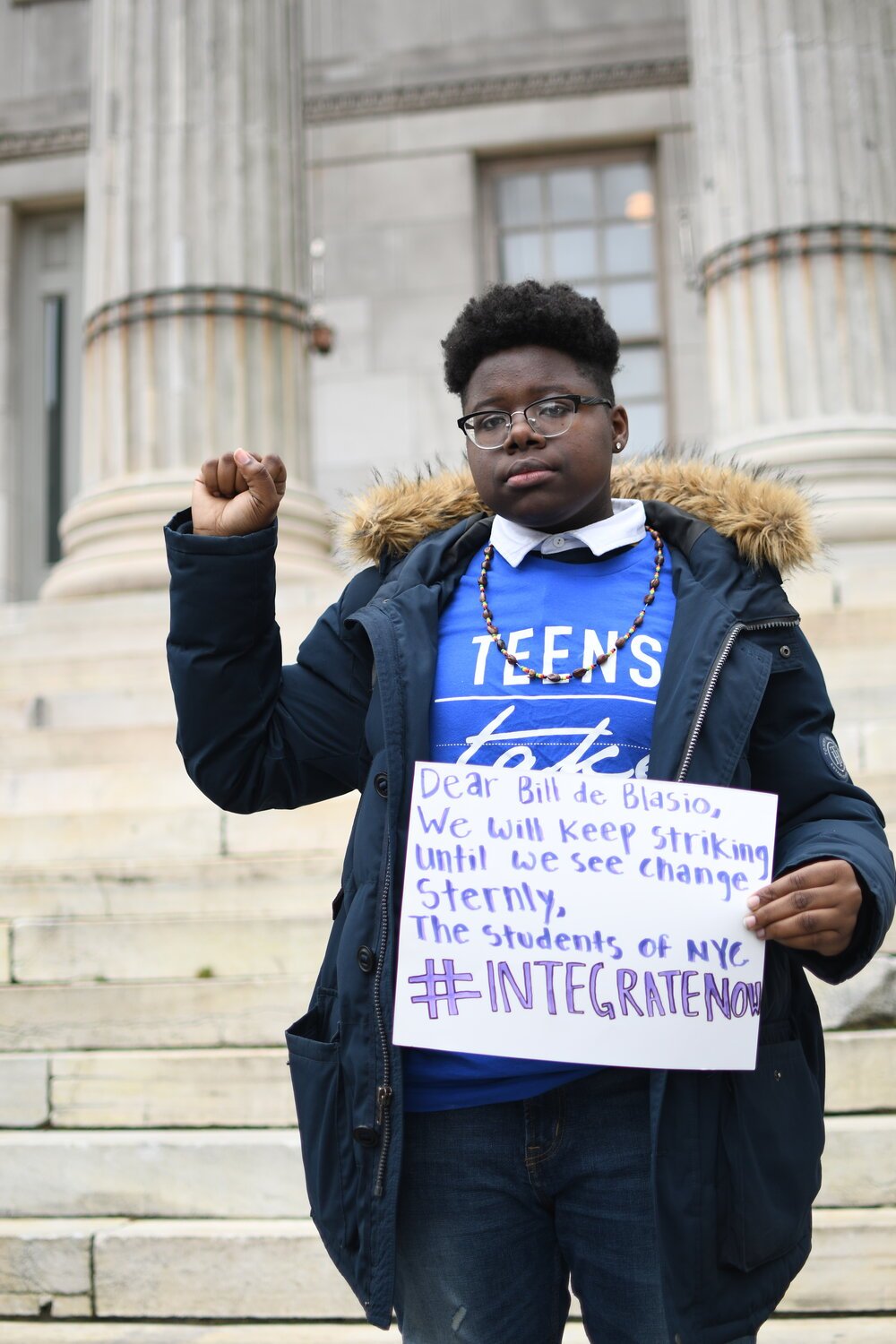
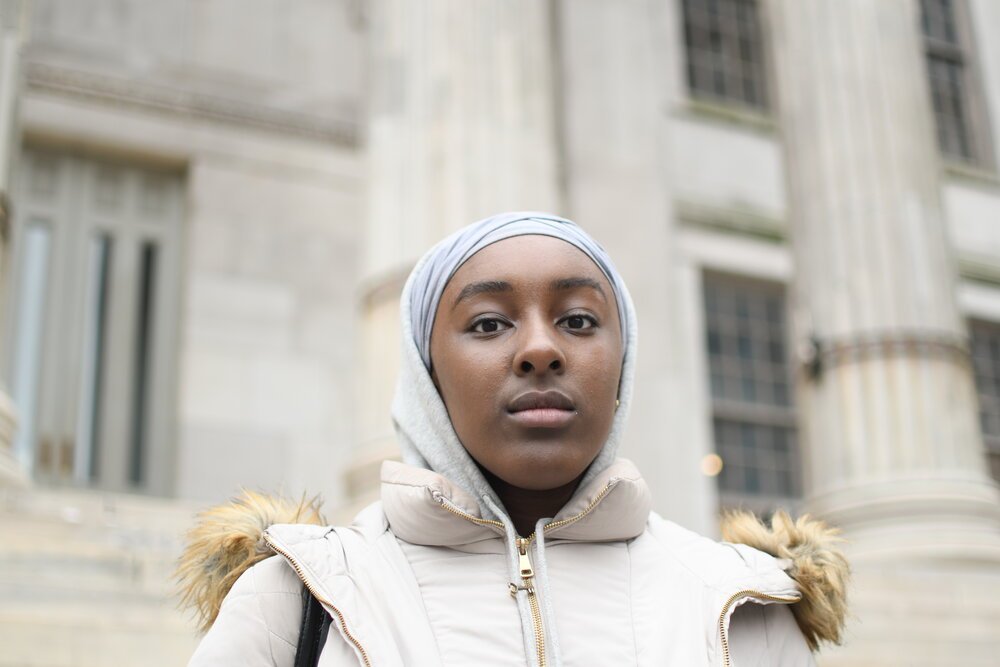
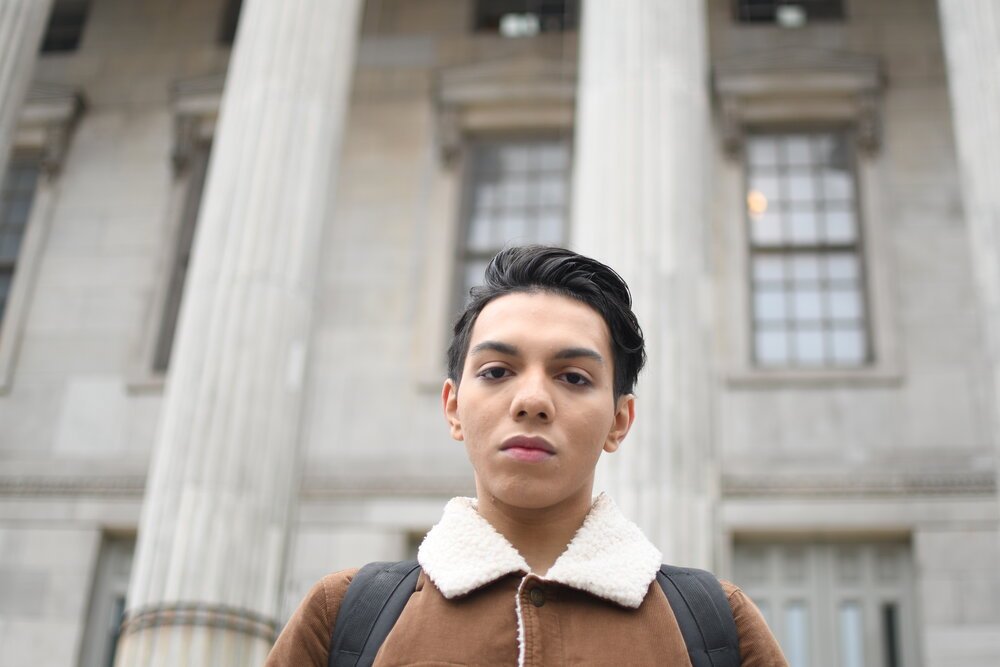
Photos by Dulce Michelle
HISTORY OF SCREENS
In 1986, NYC’s board of education banned “unfair screening devices” such as interviews an entrance exams. They found that screened programs were unfair and discriminatory. However, this changed during Mayor Bloomberg’s tenure. The number of screened schools more than doubled, and the ban was lifted on those discriminatory screening devices. Since taking office in 2014, Mayor de Blasio has allowed dozens of schools to continue using discriminatory screens.
















